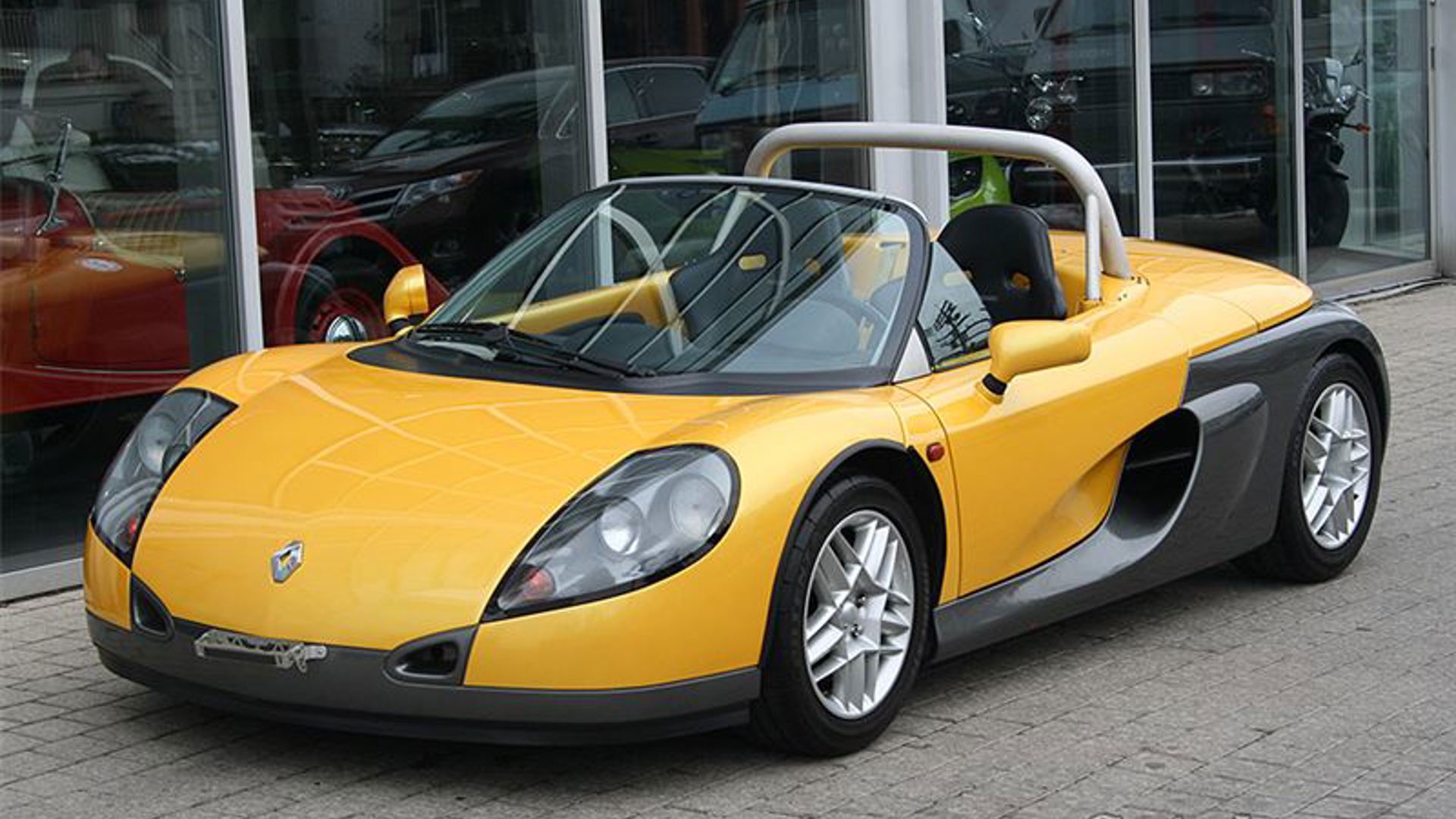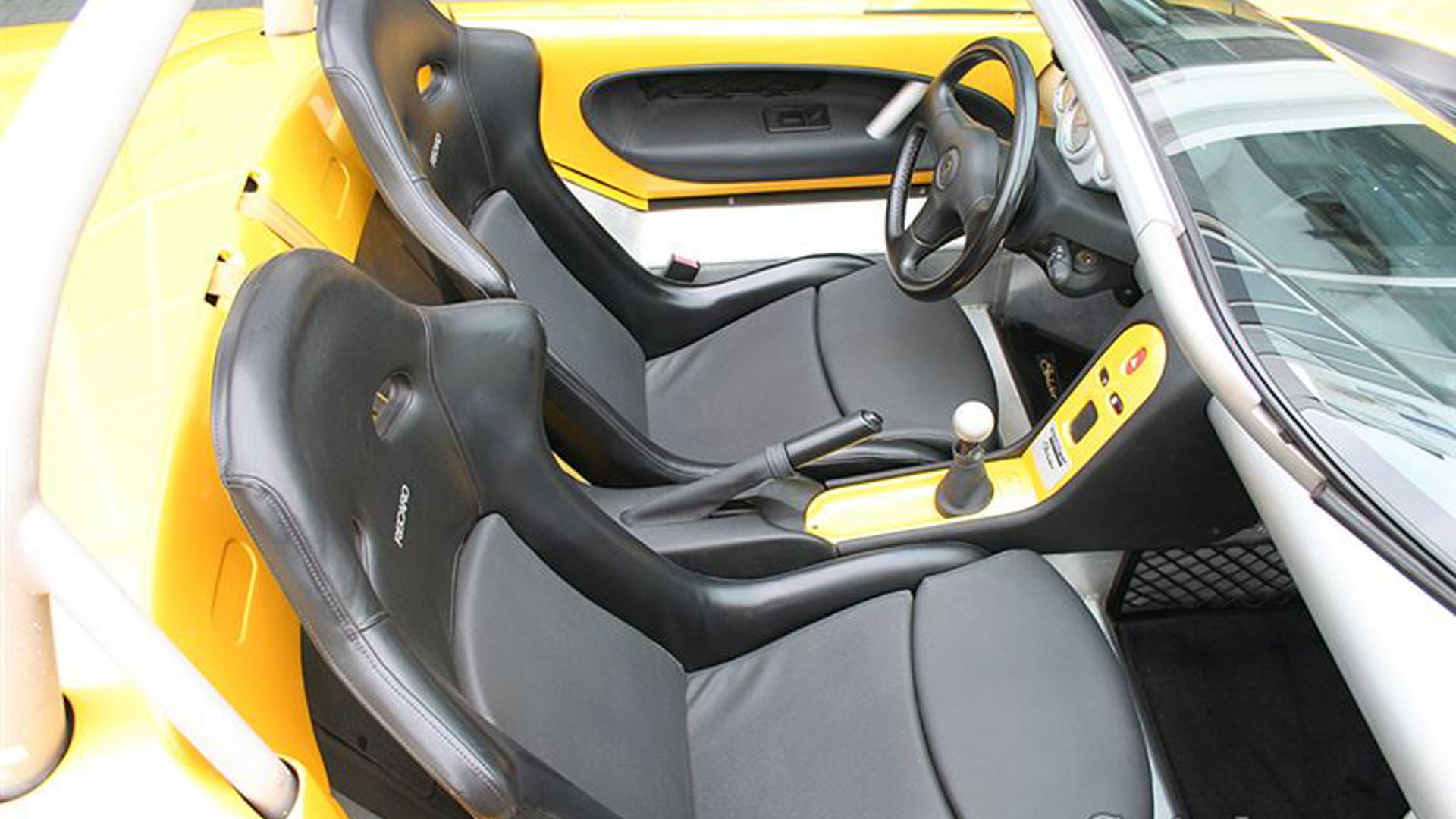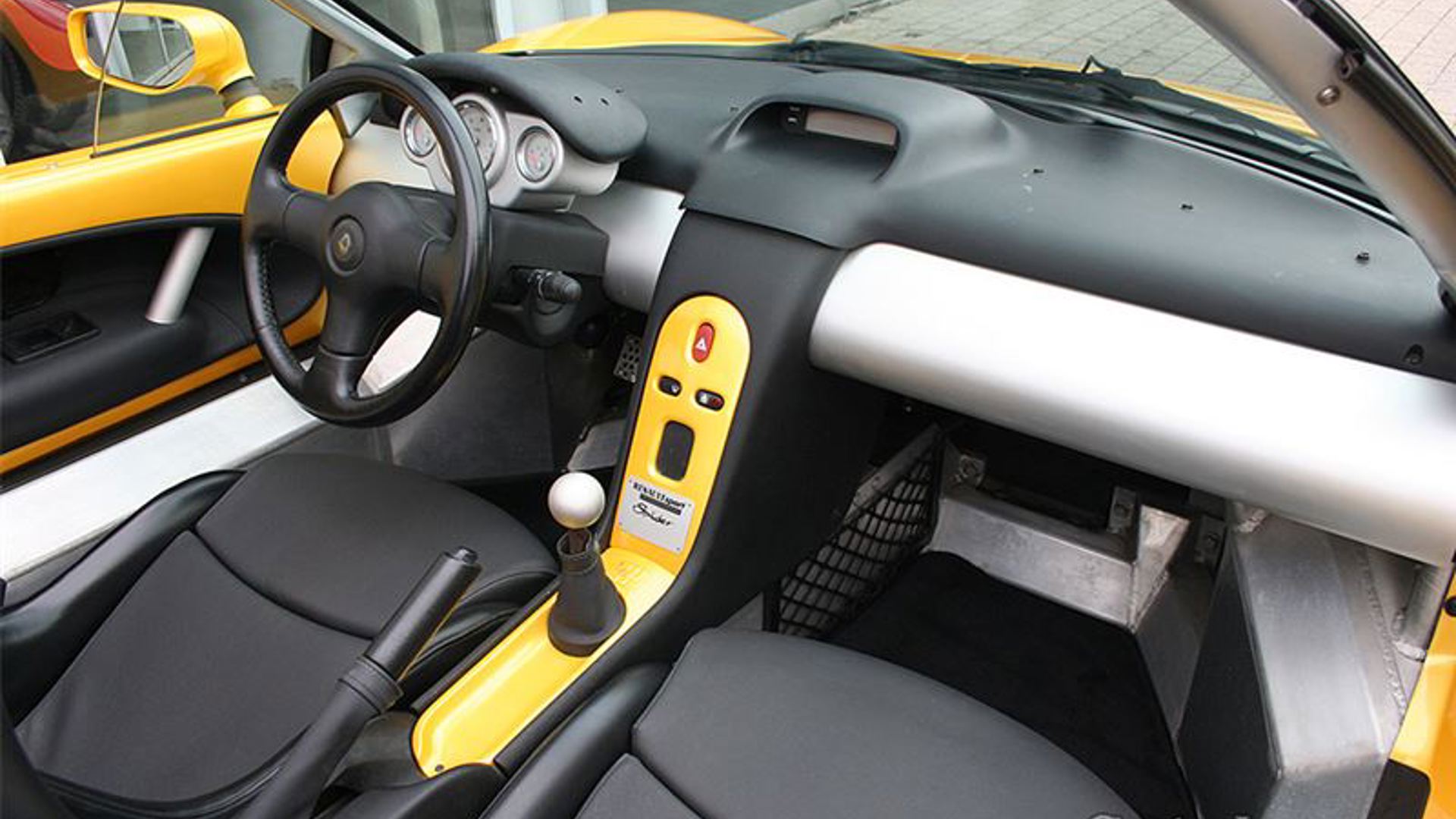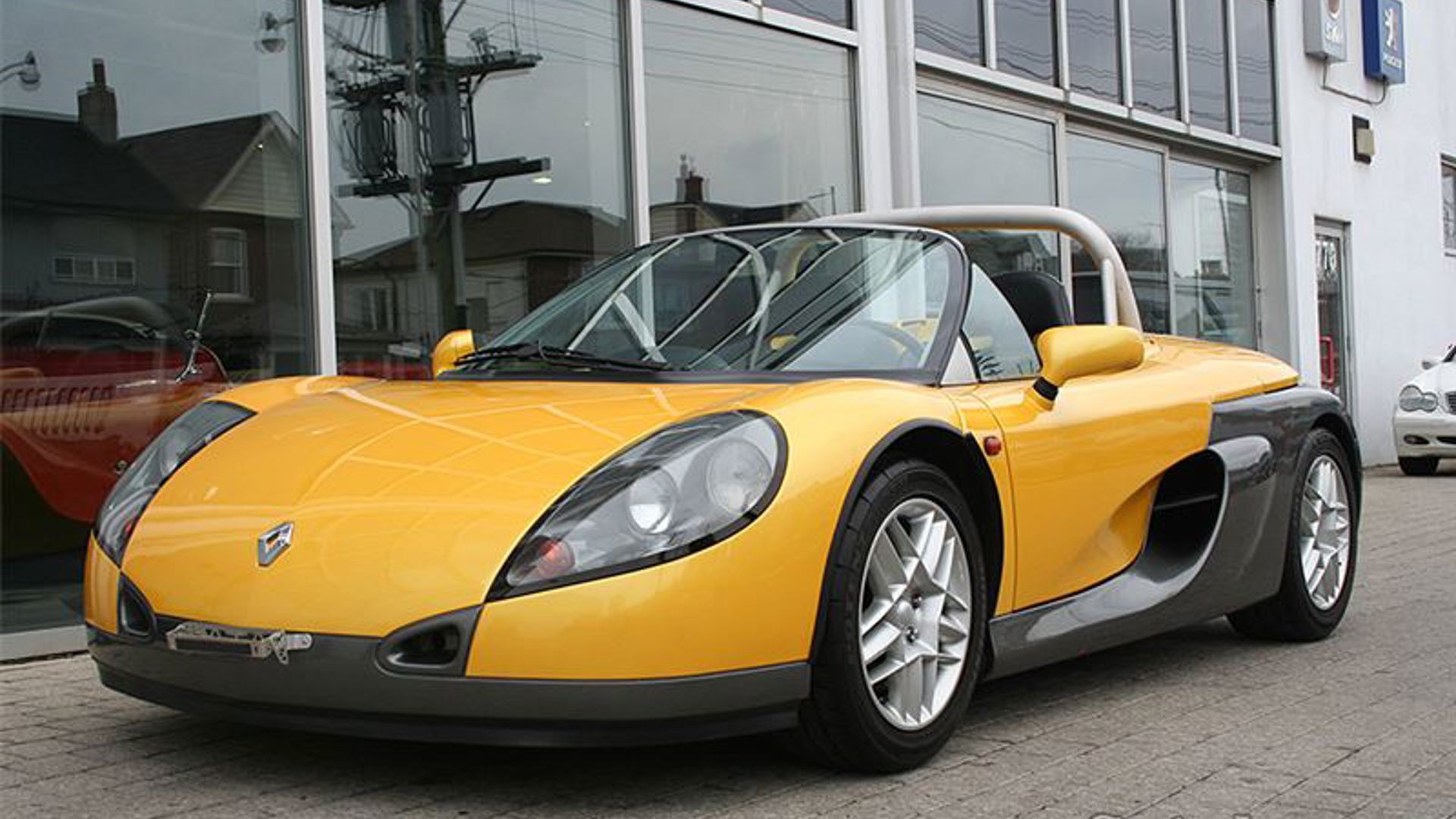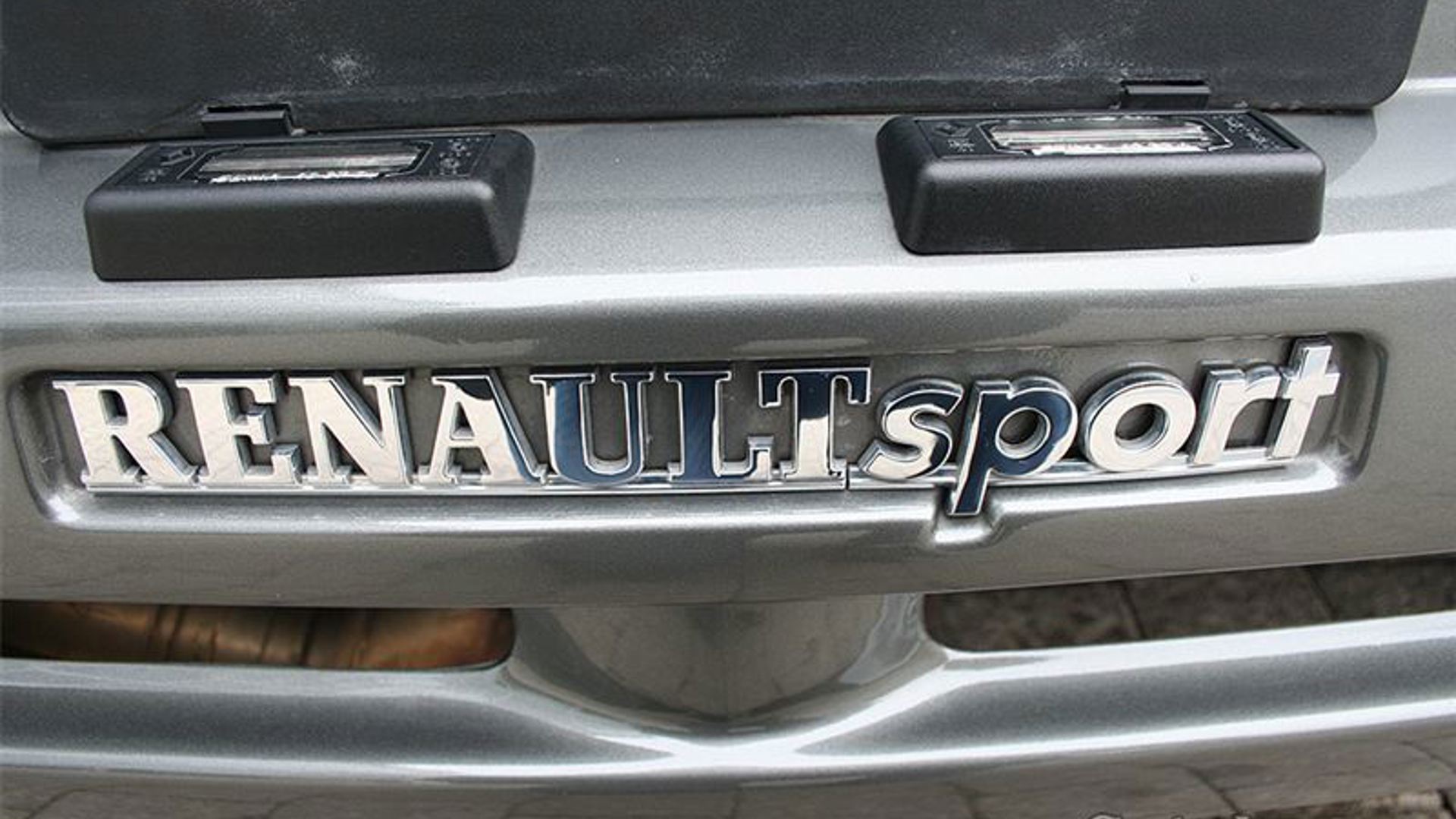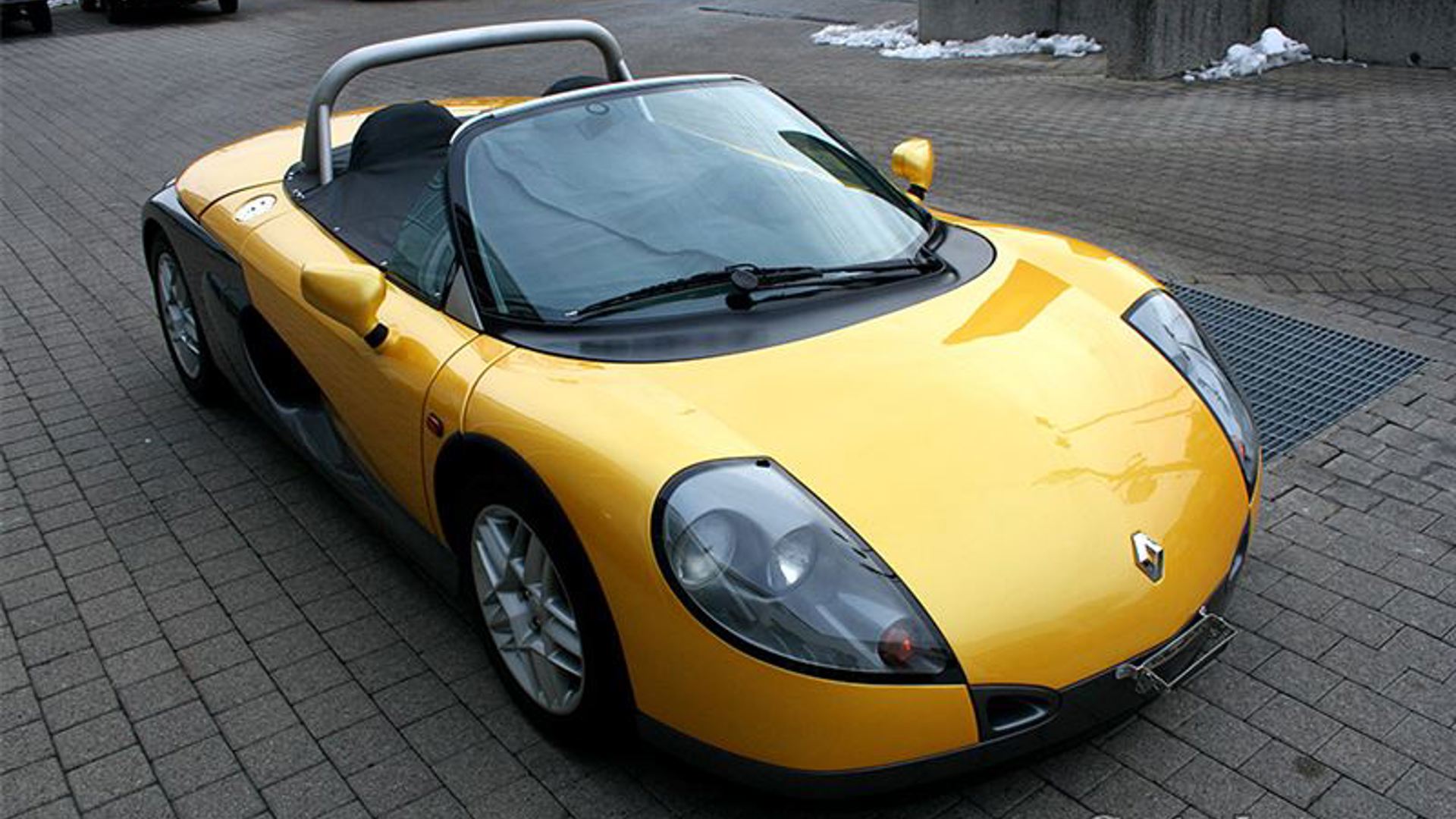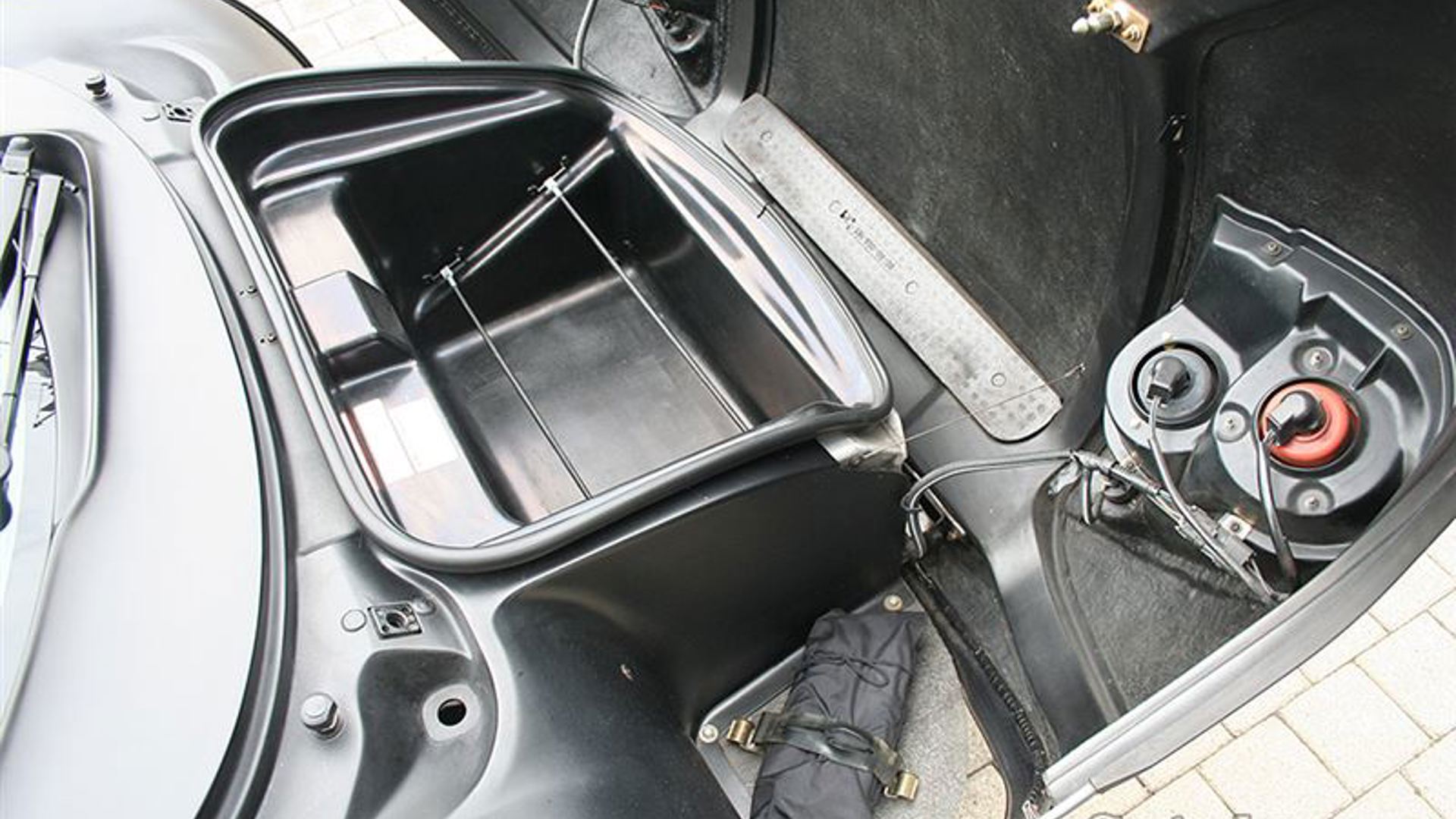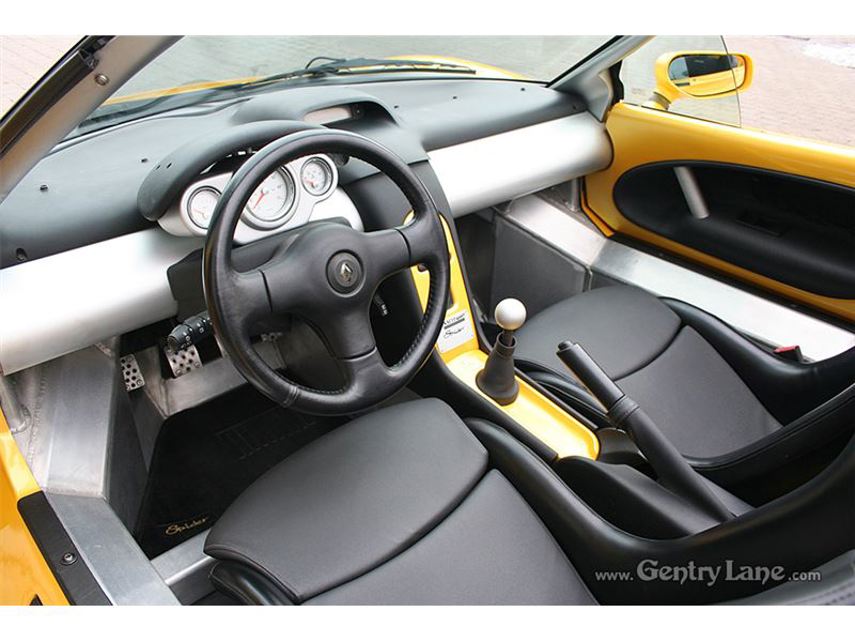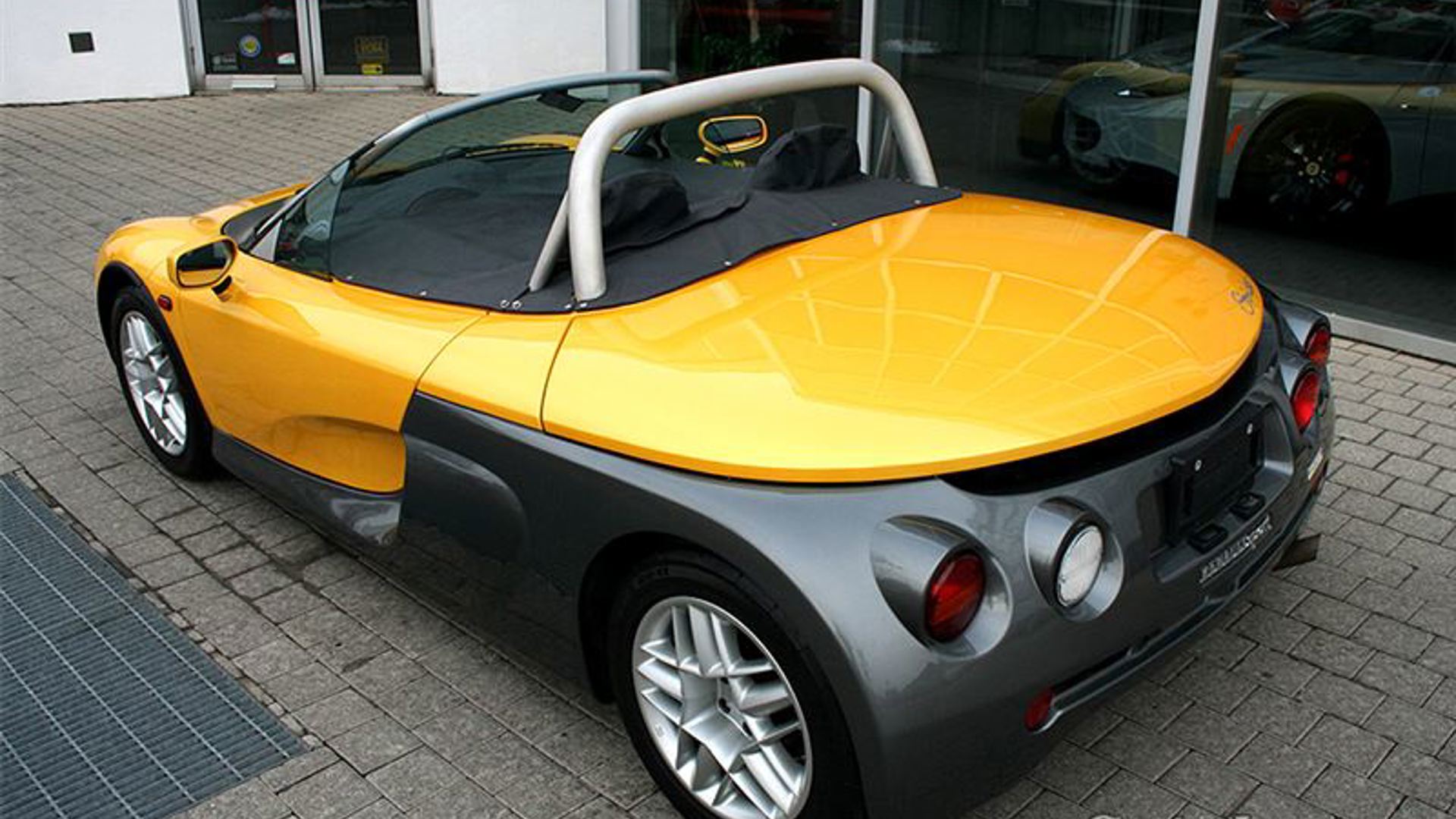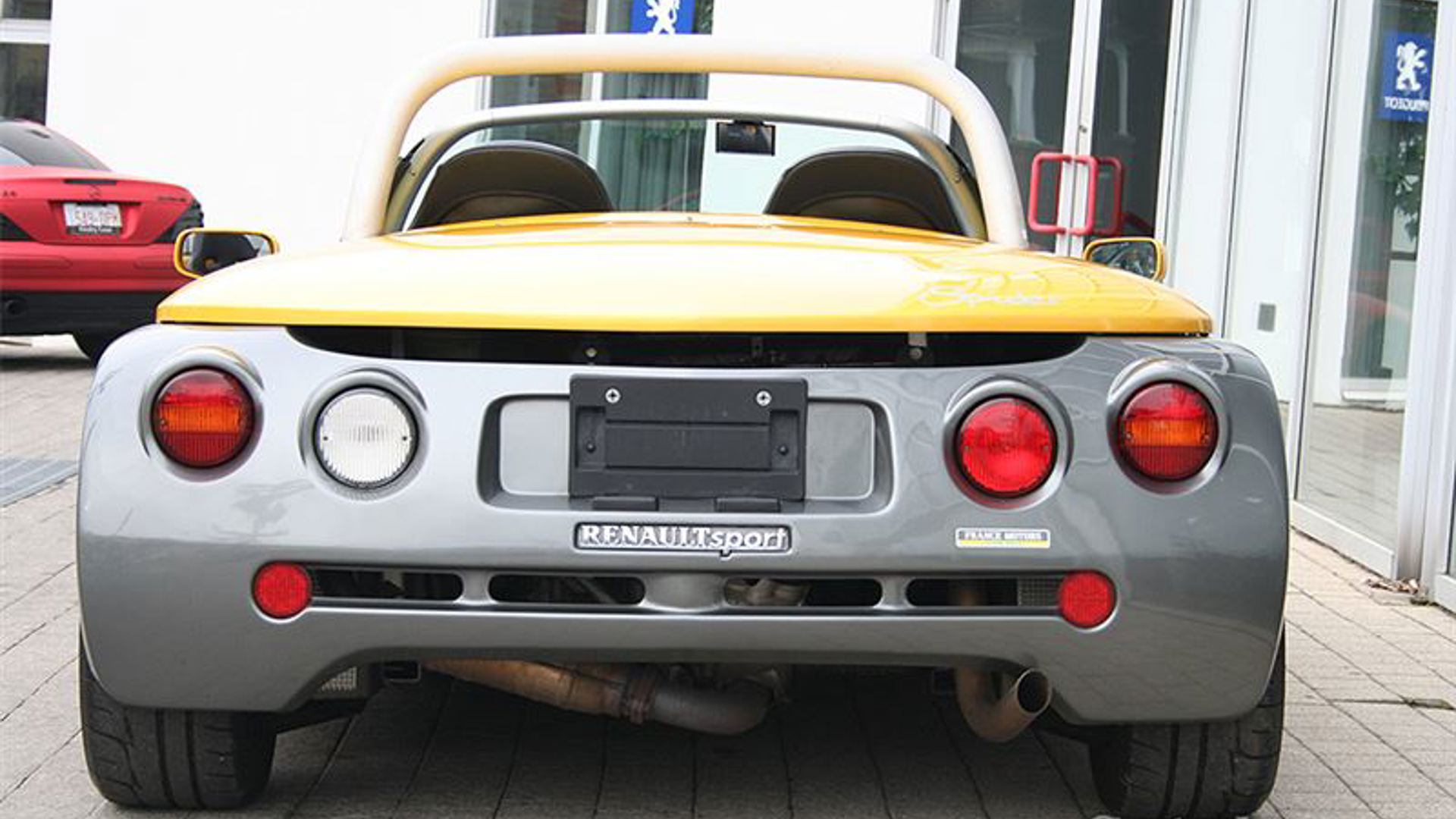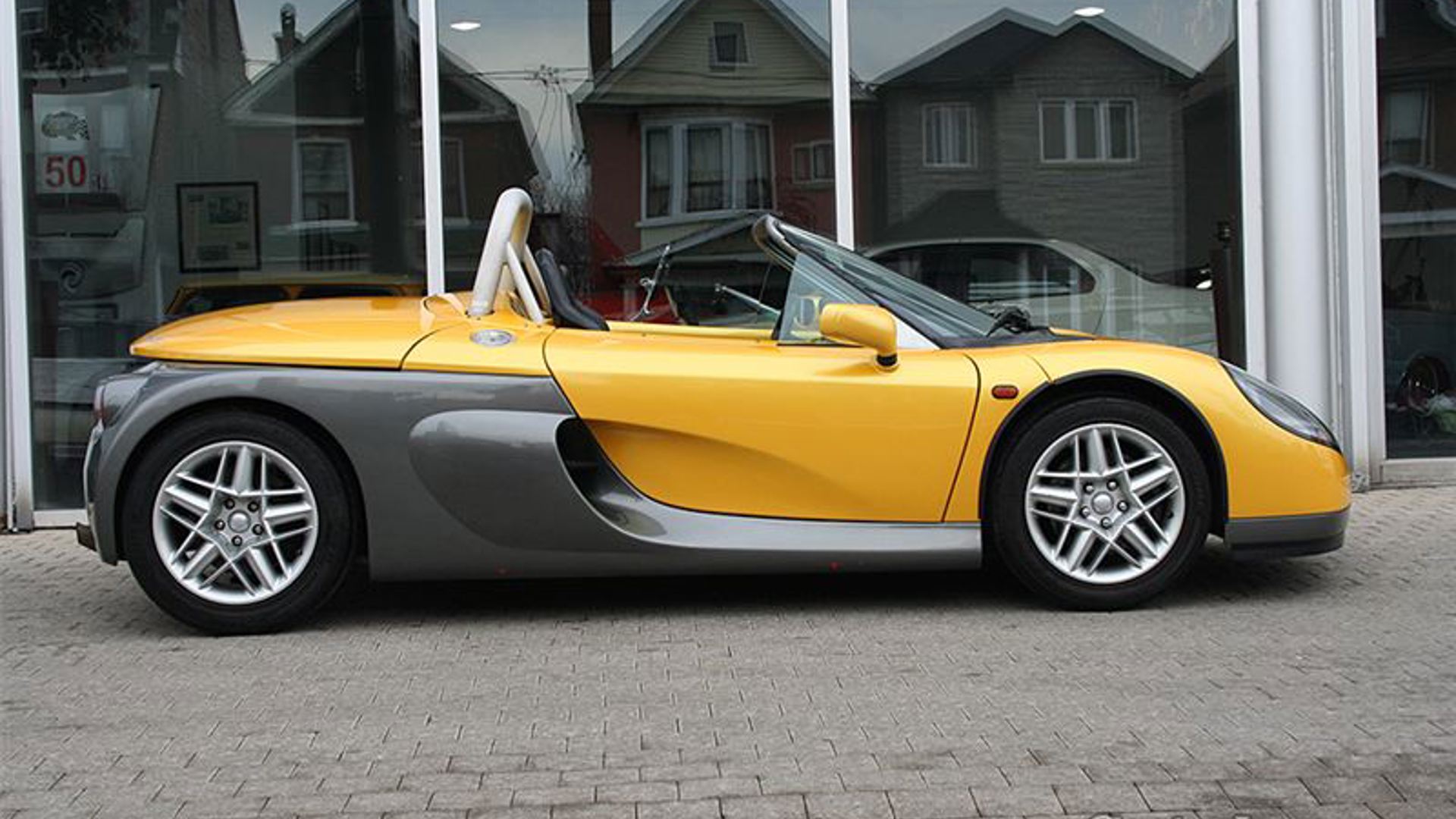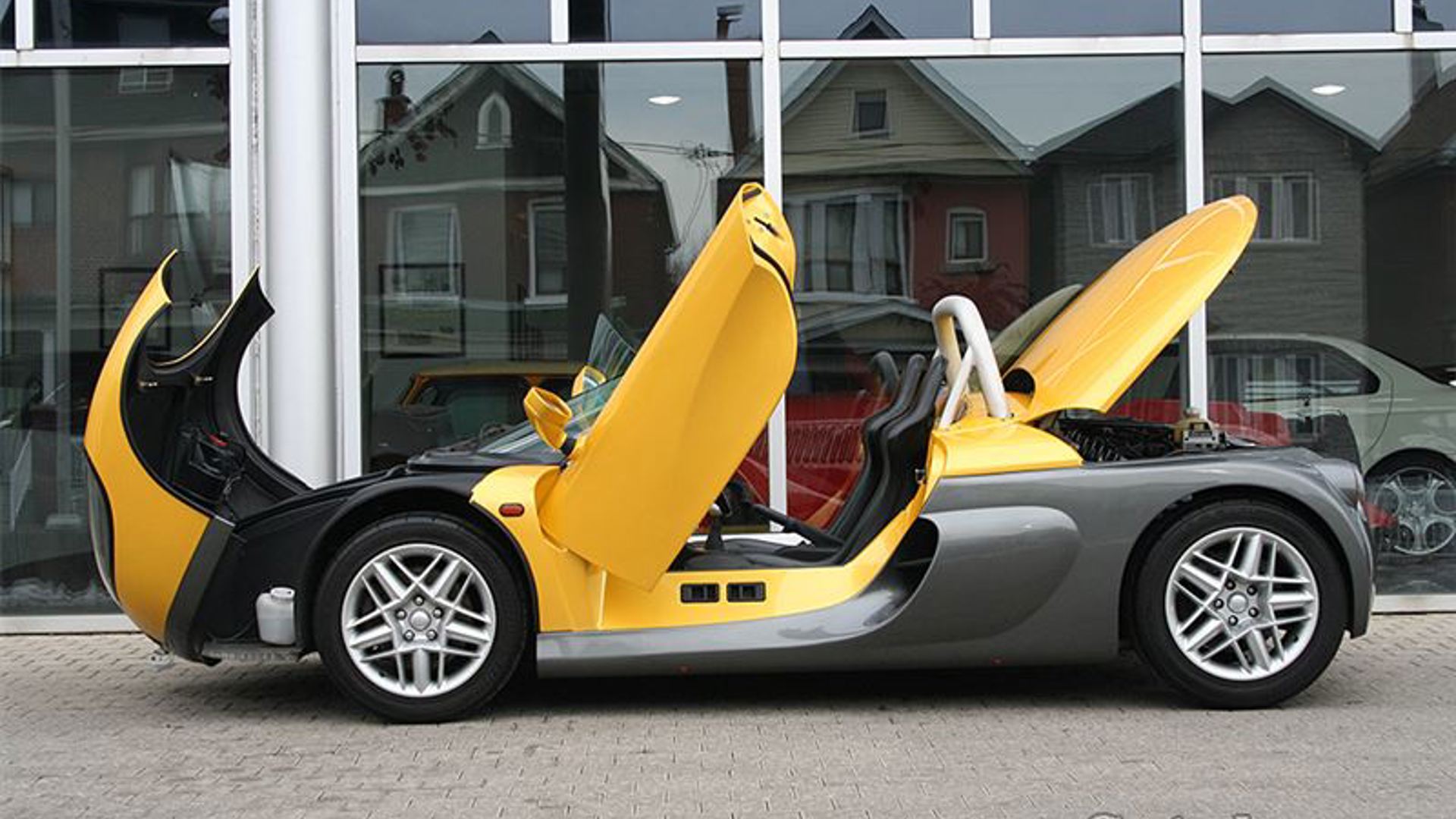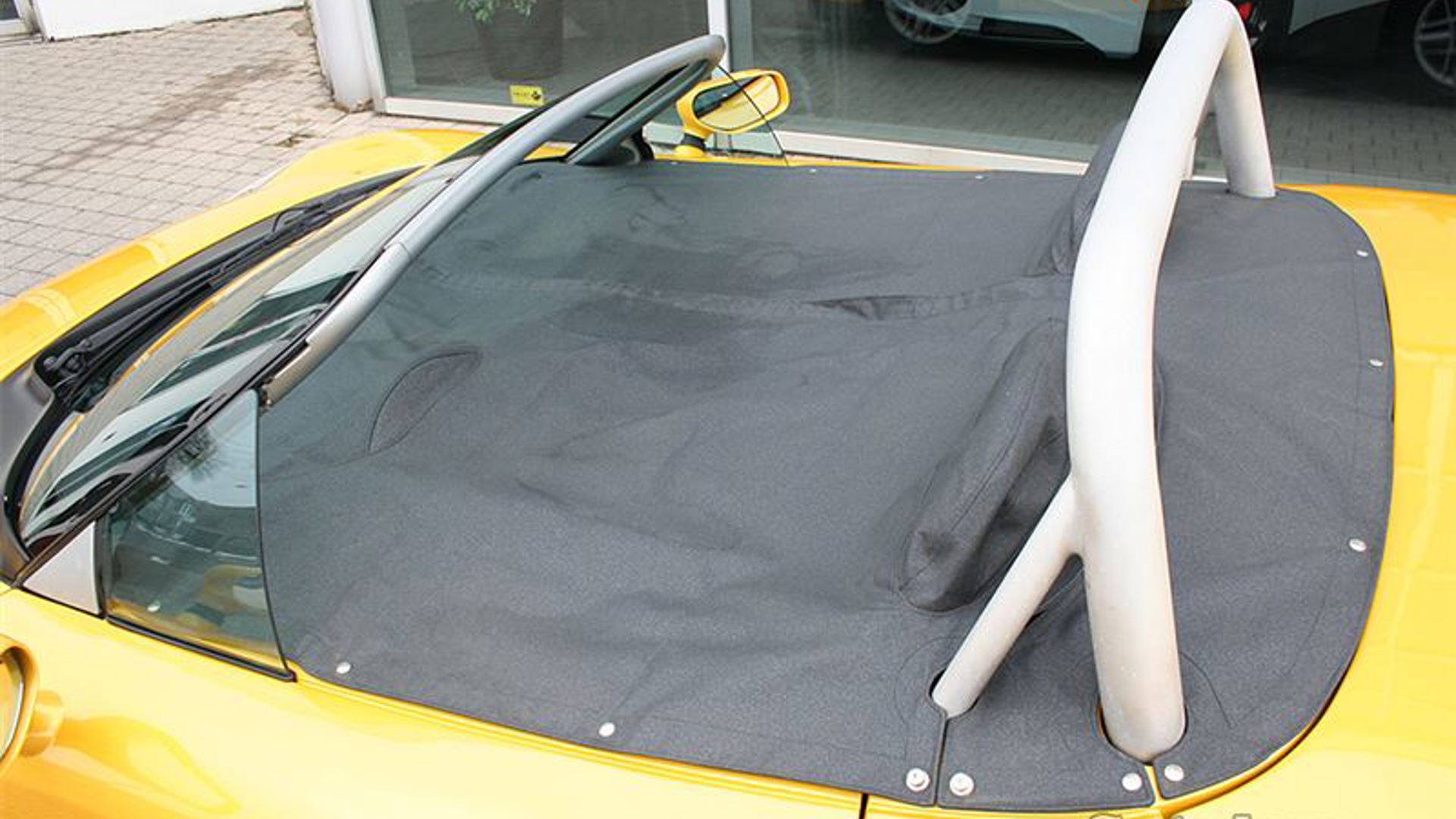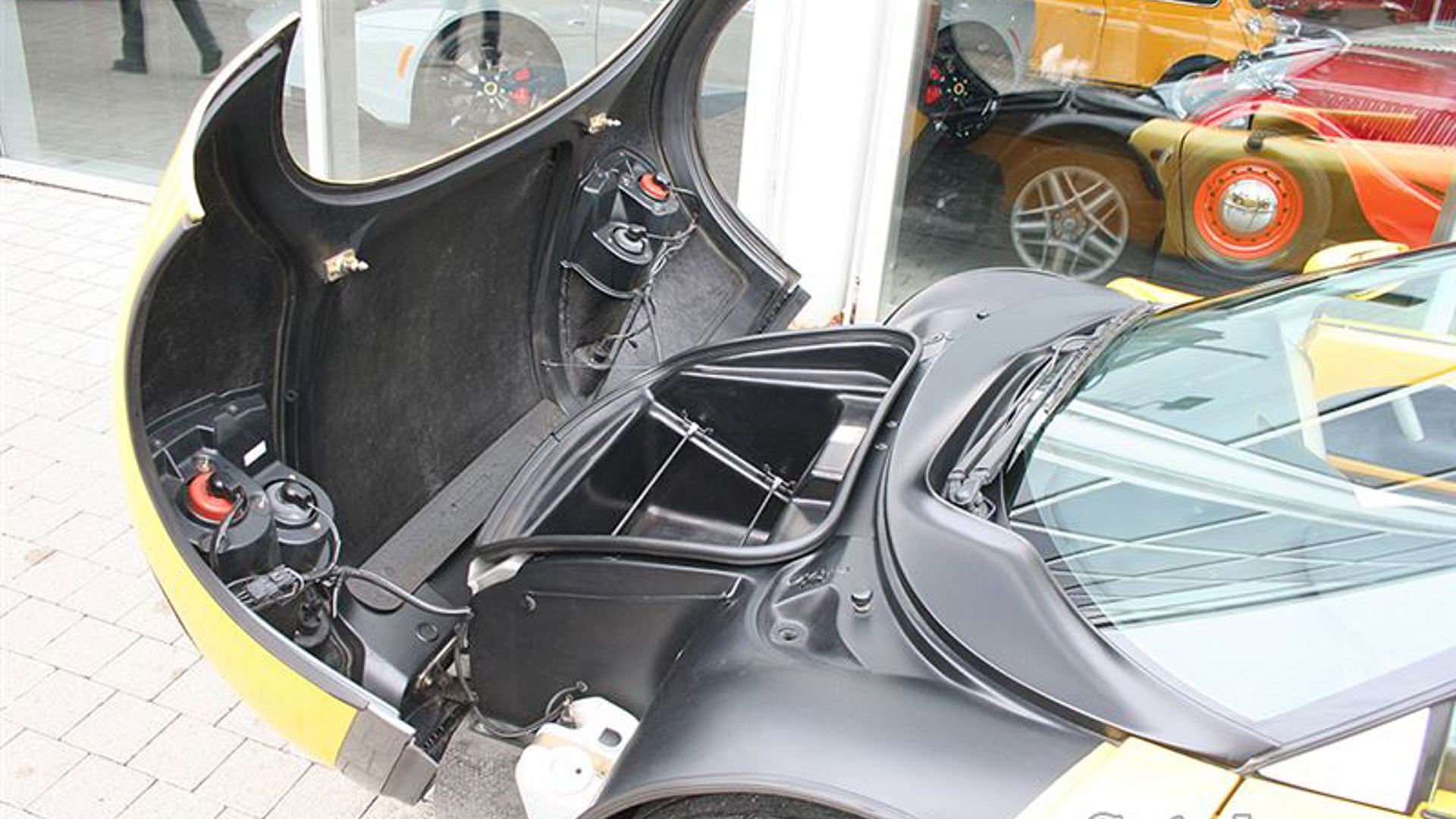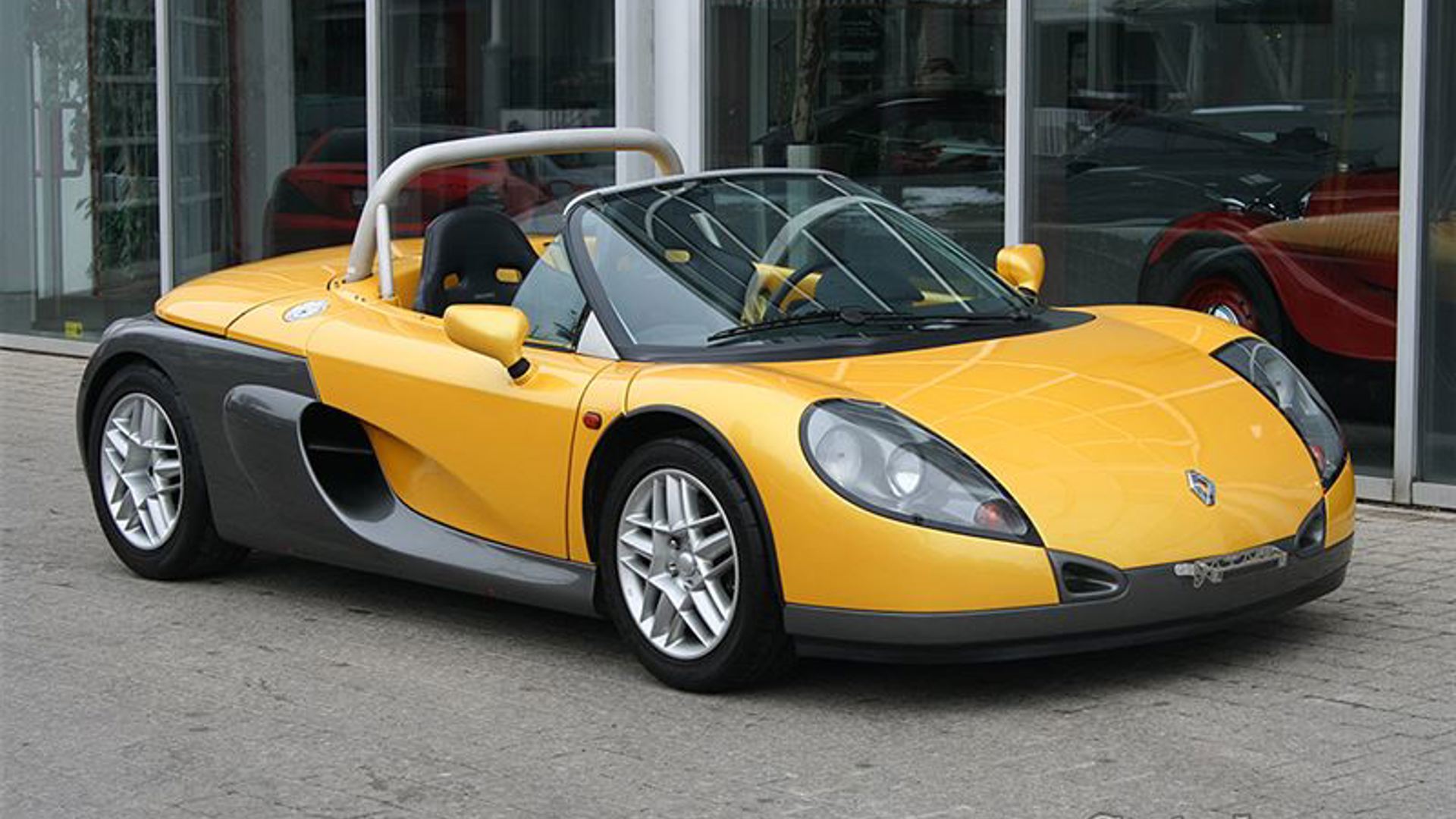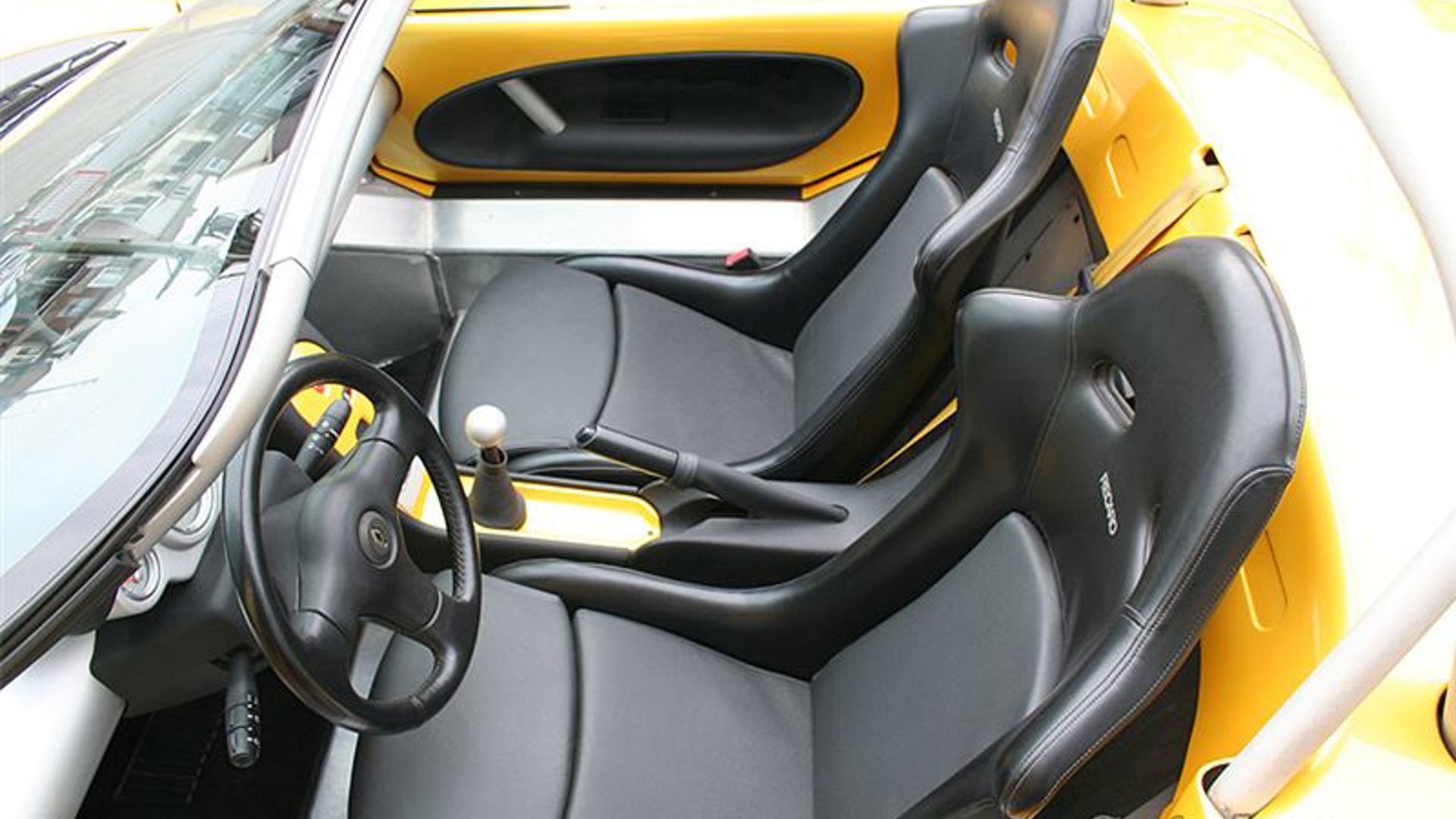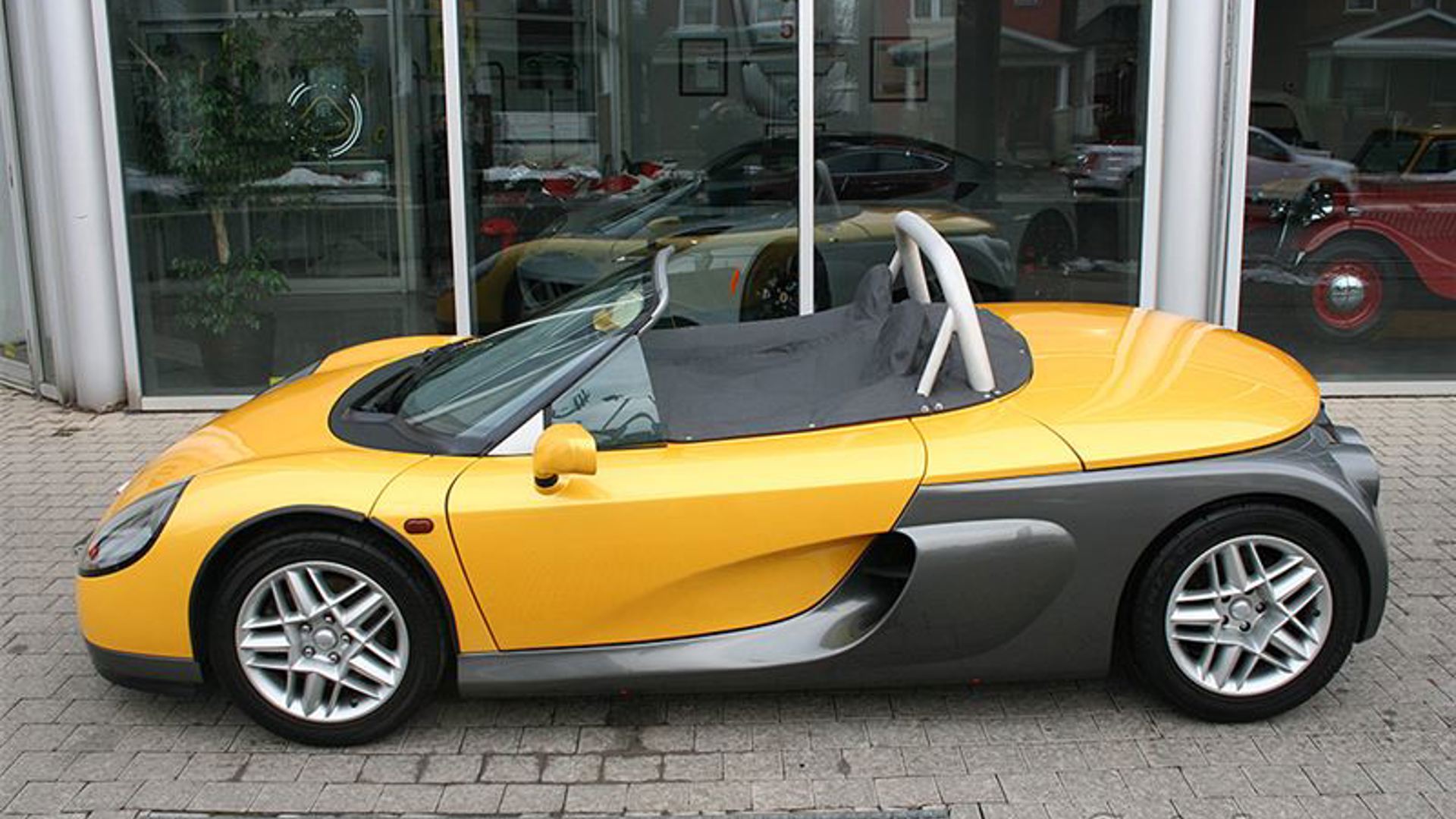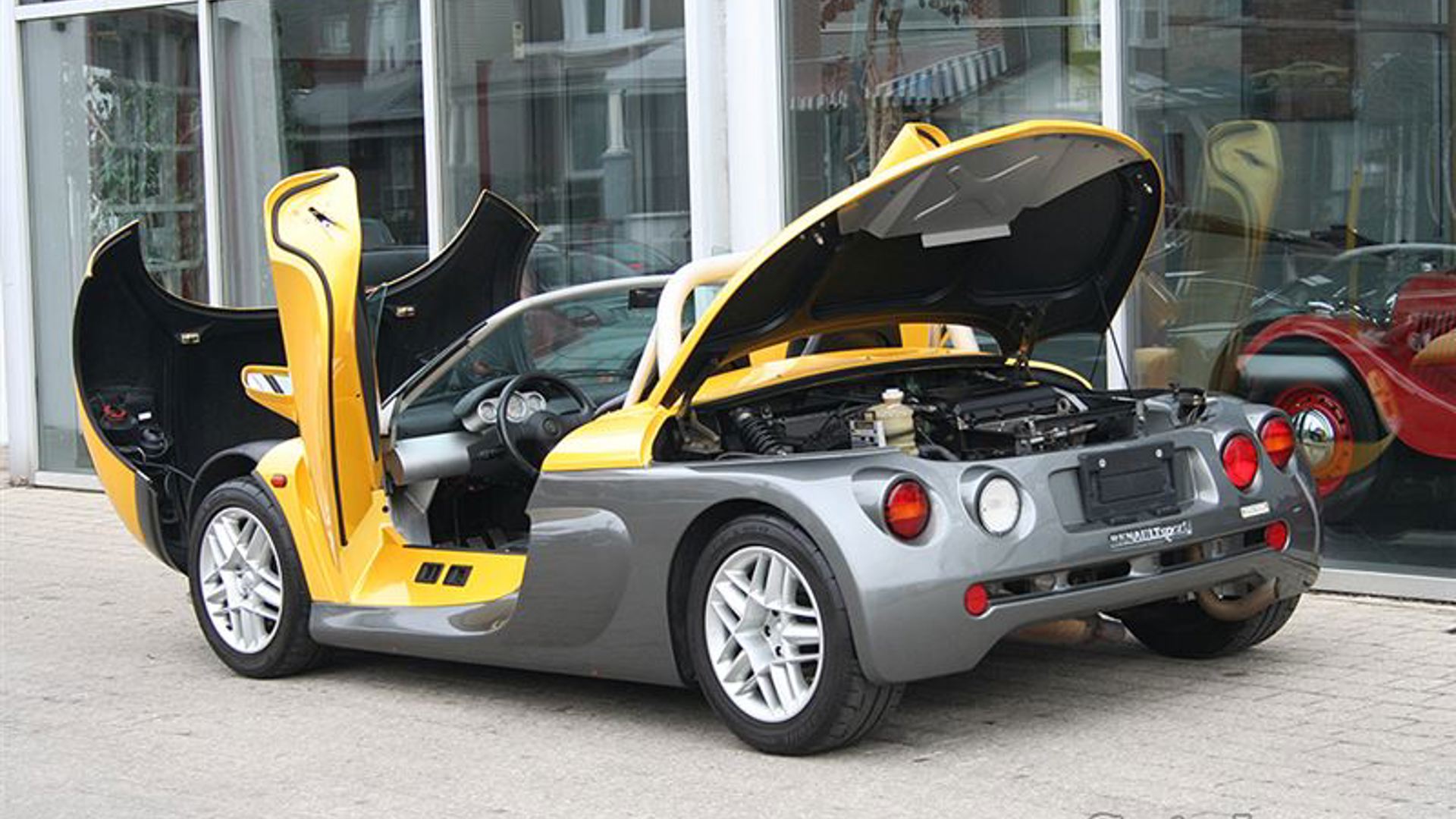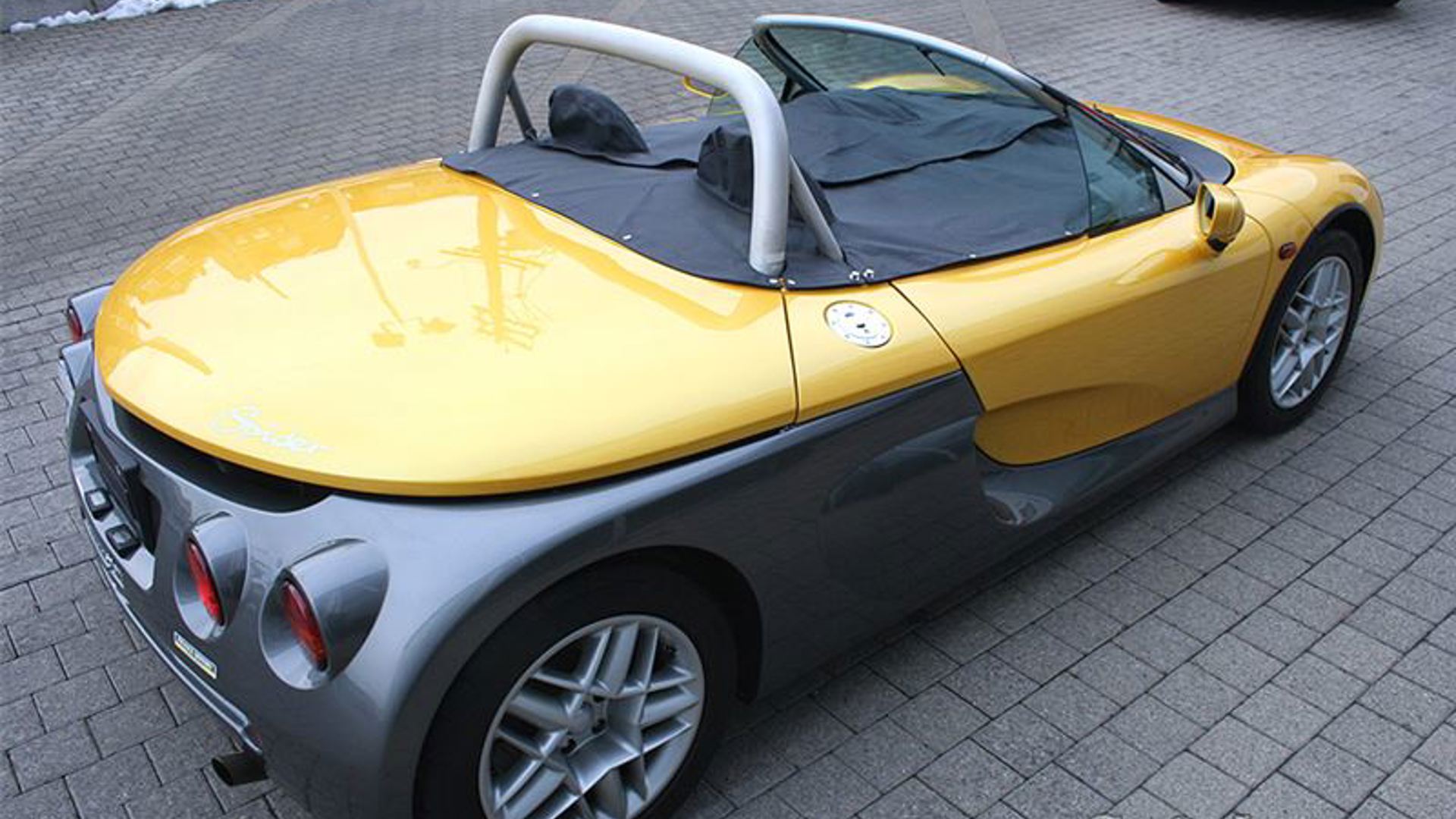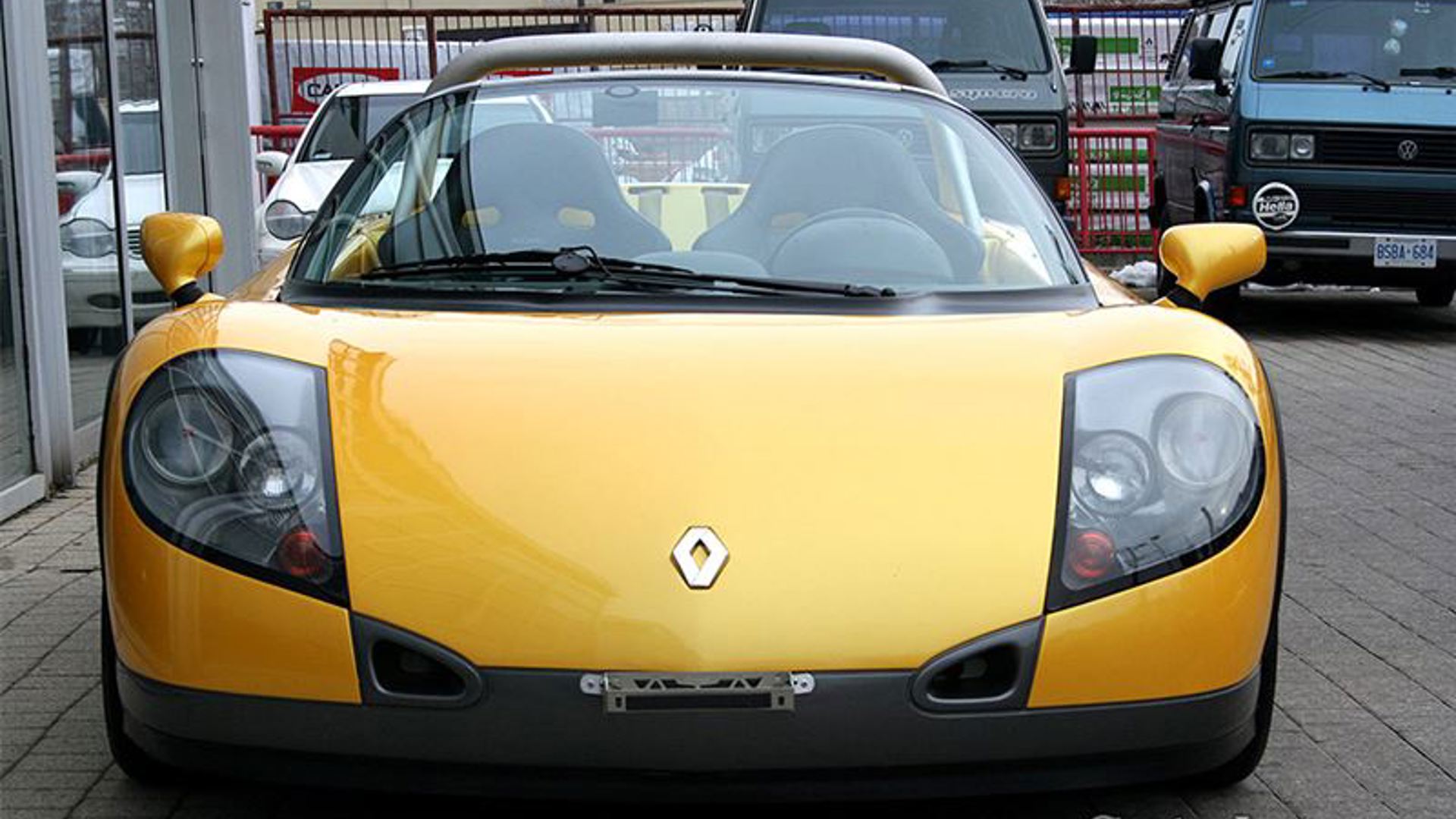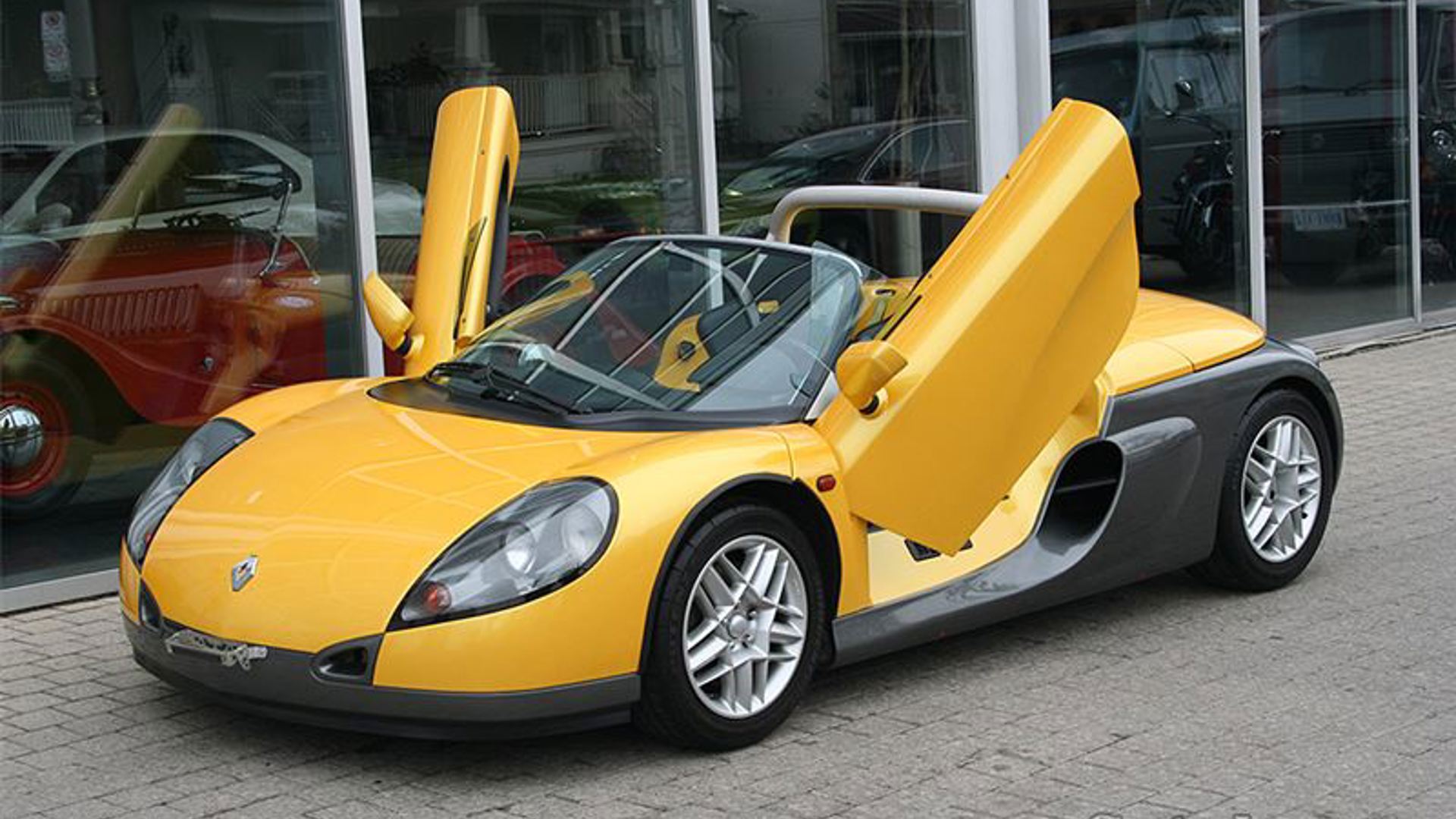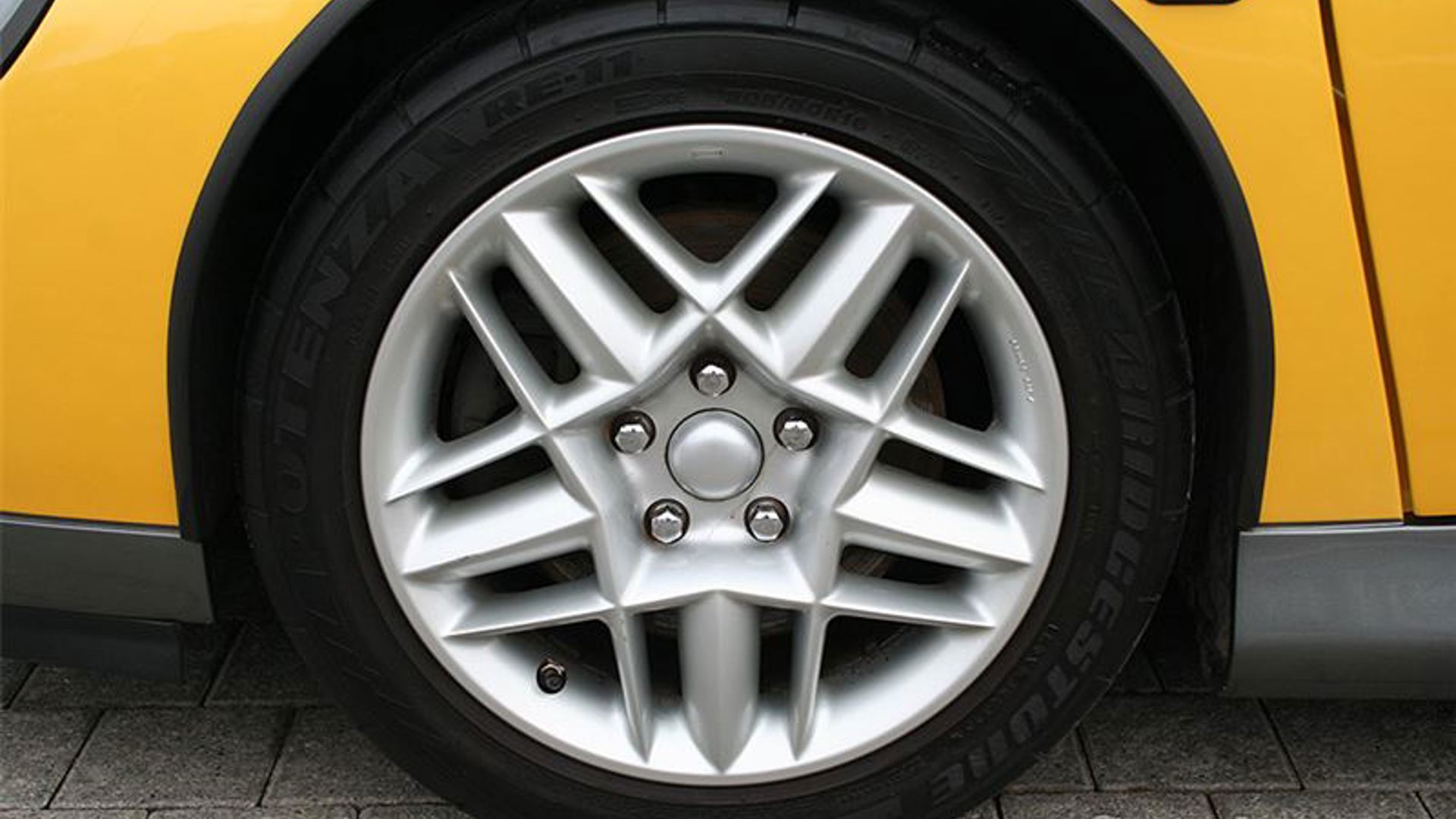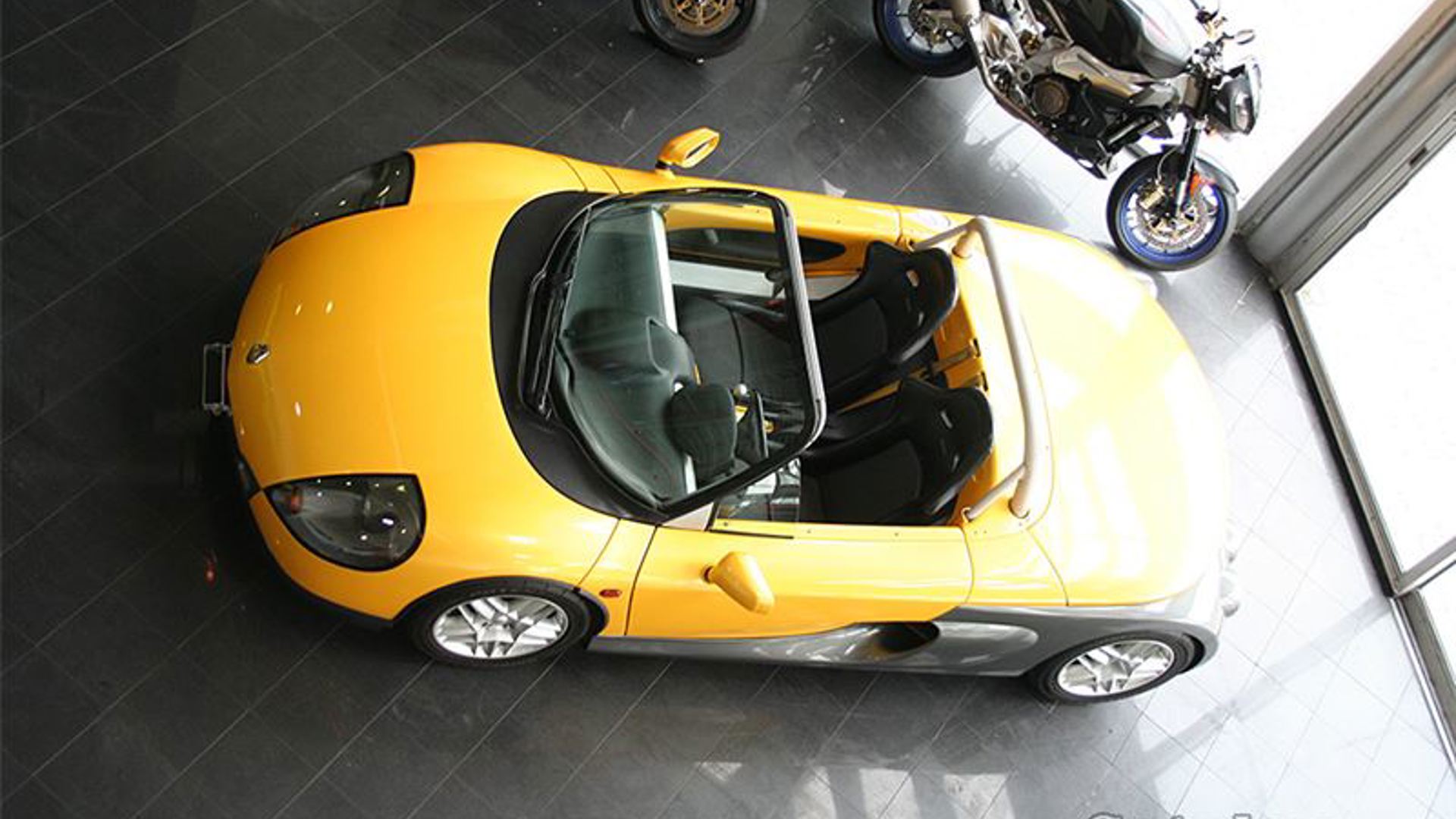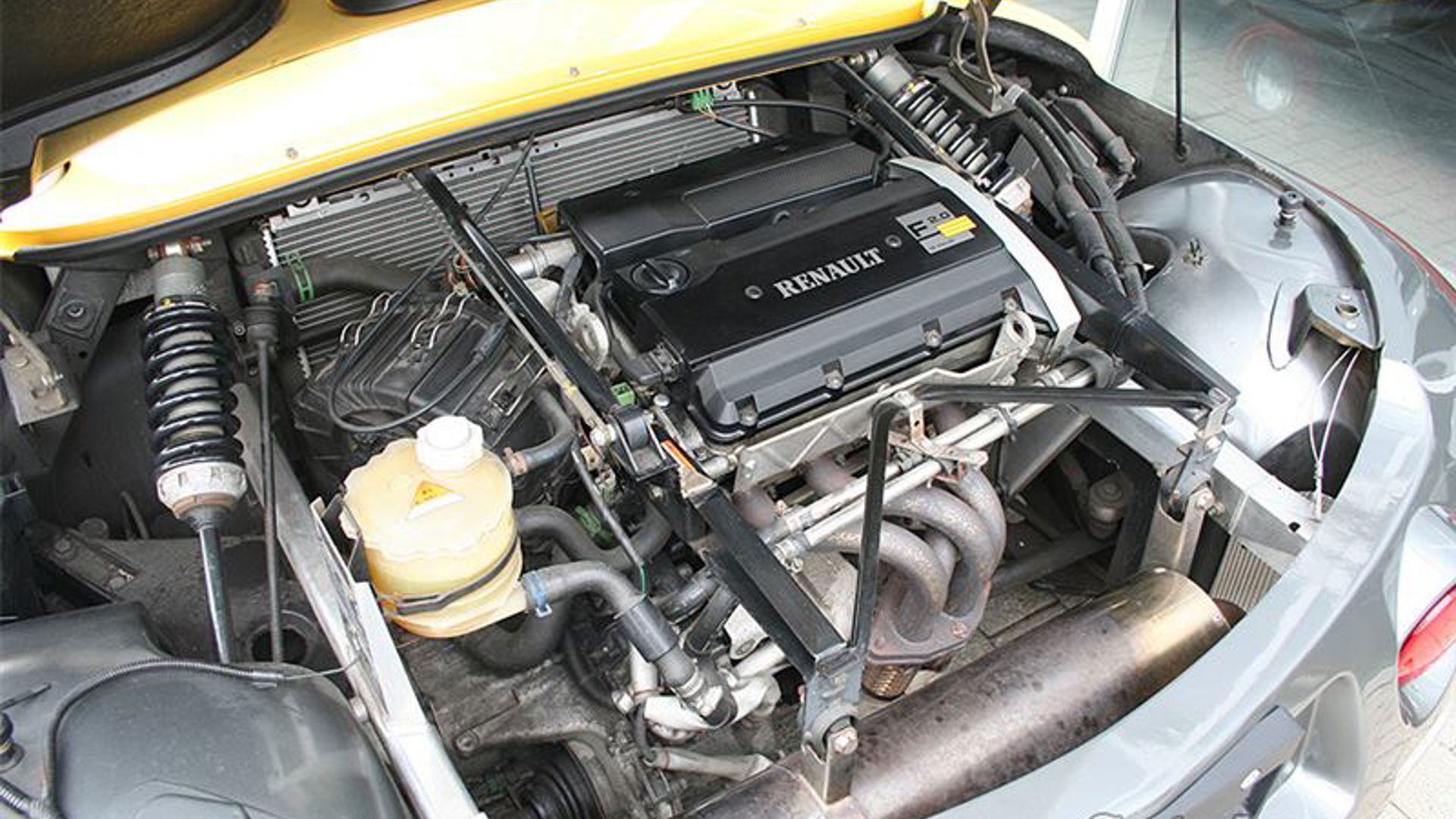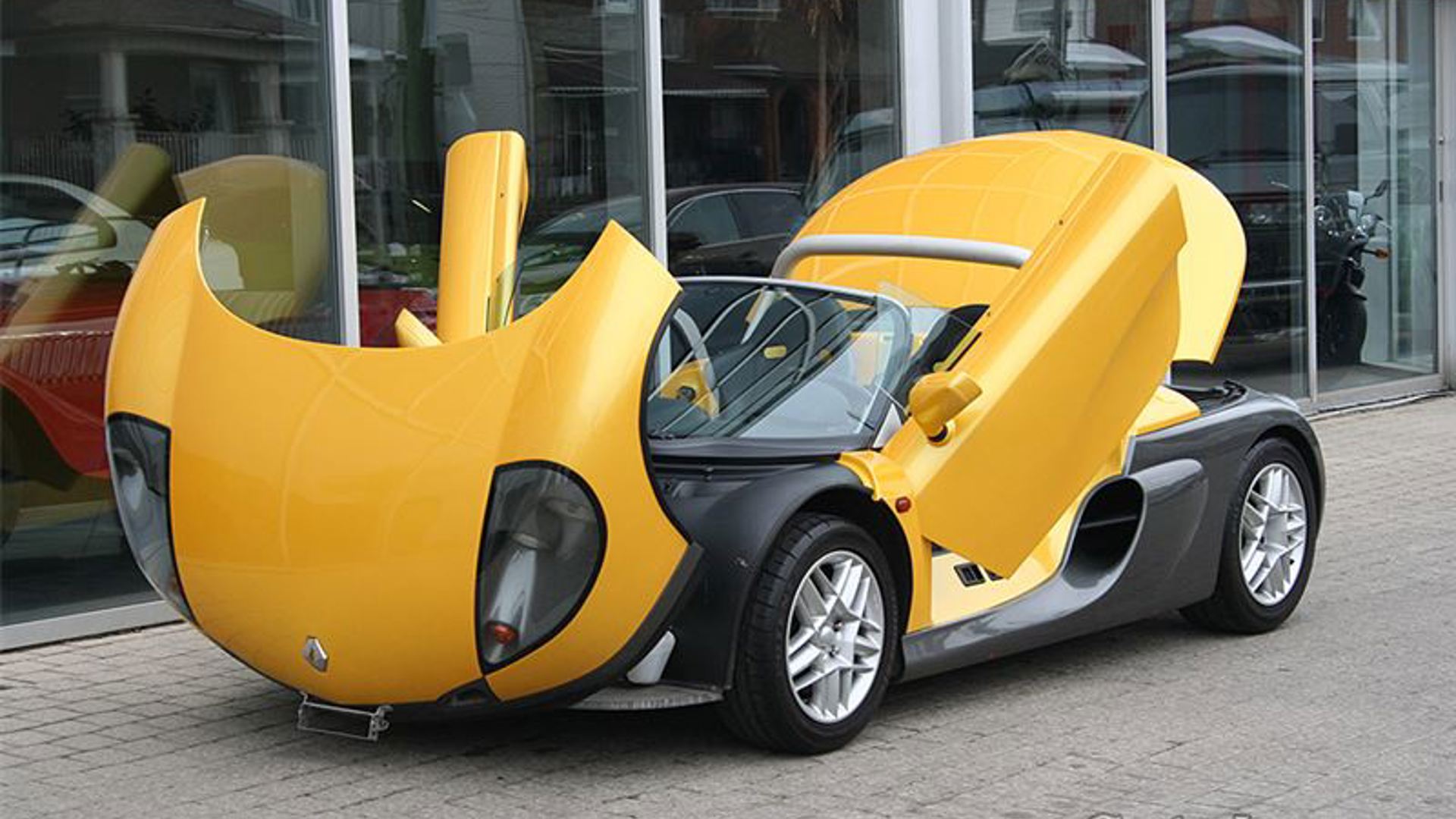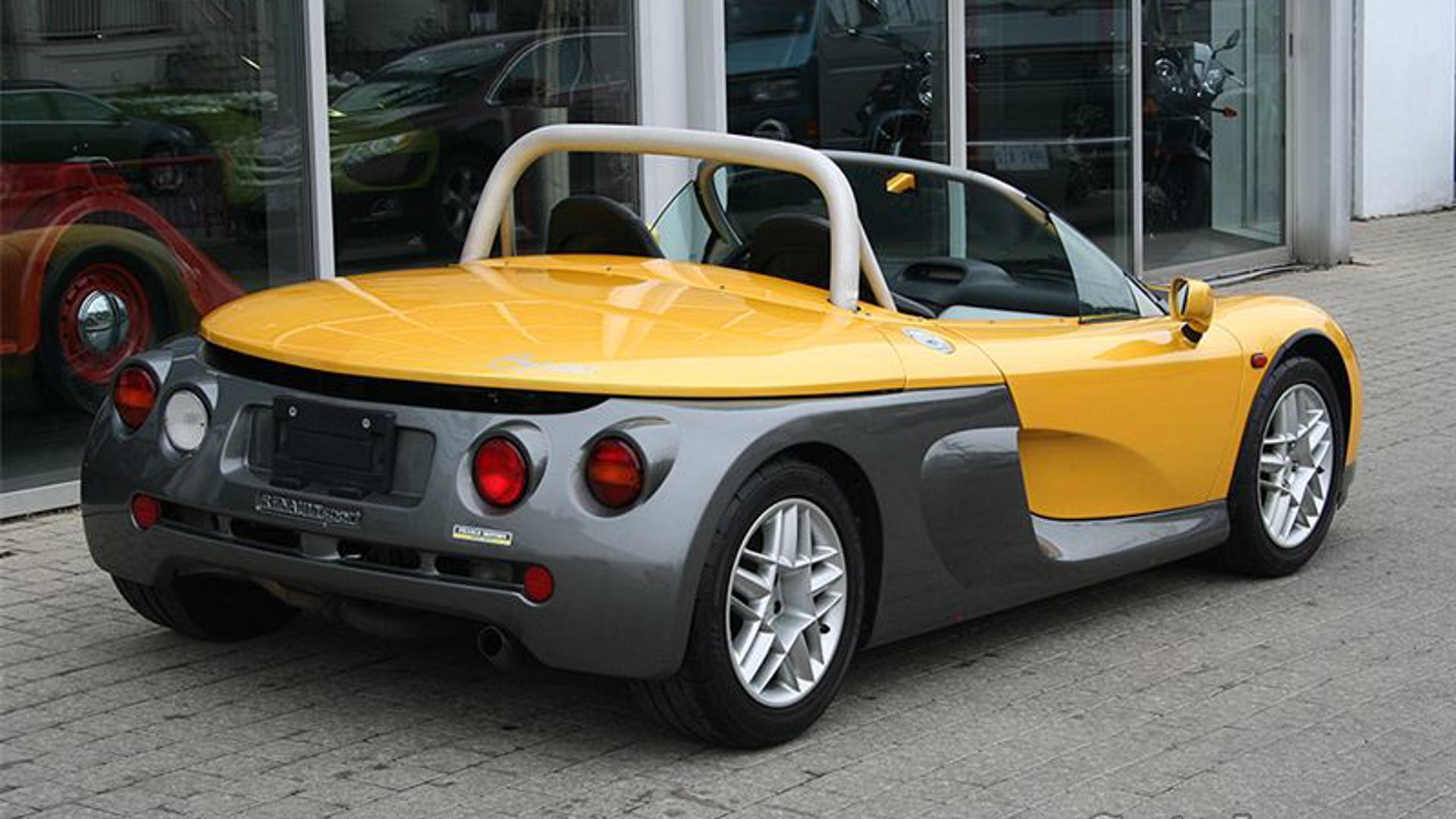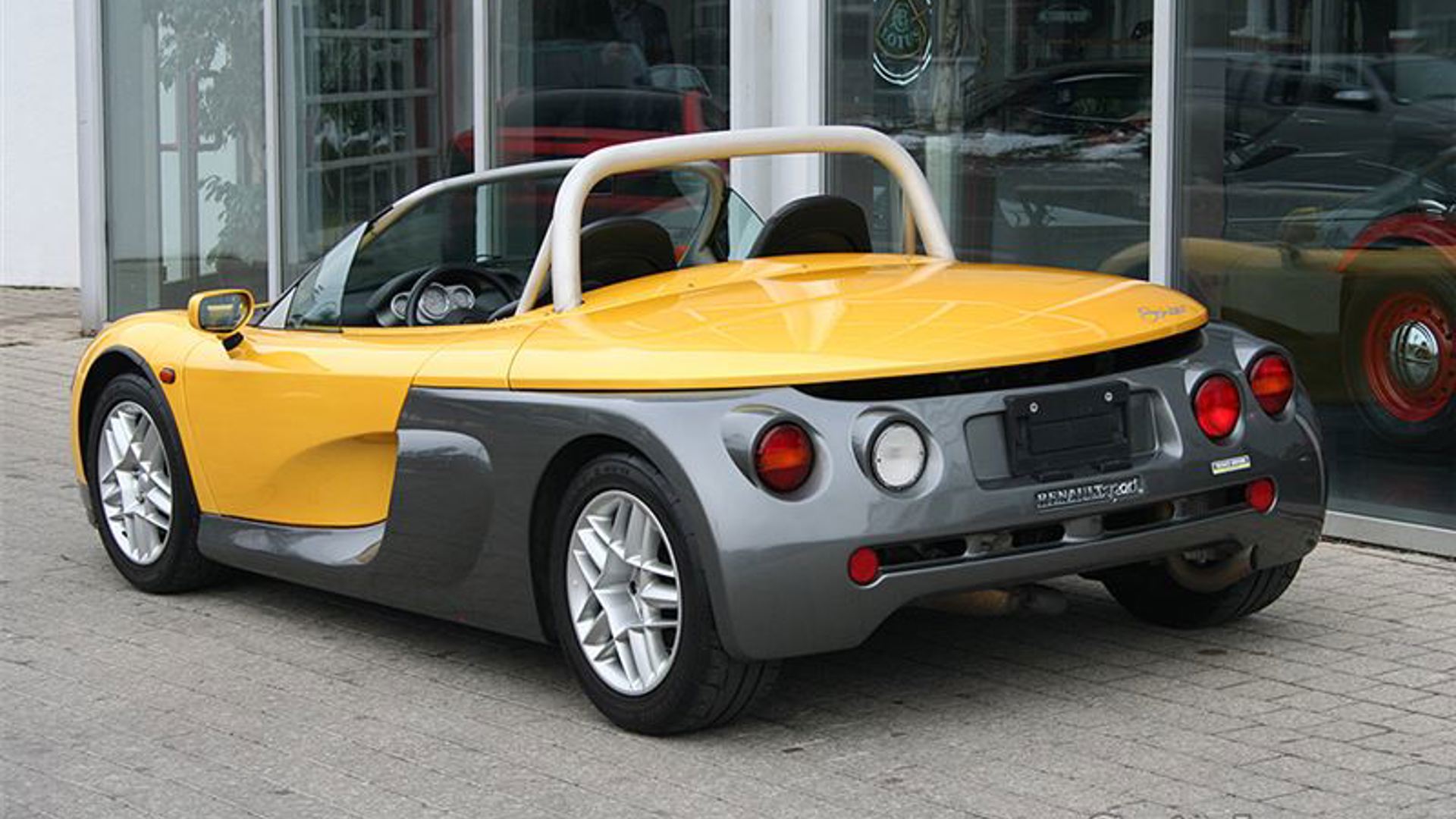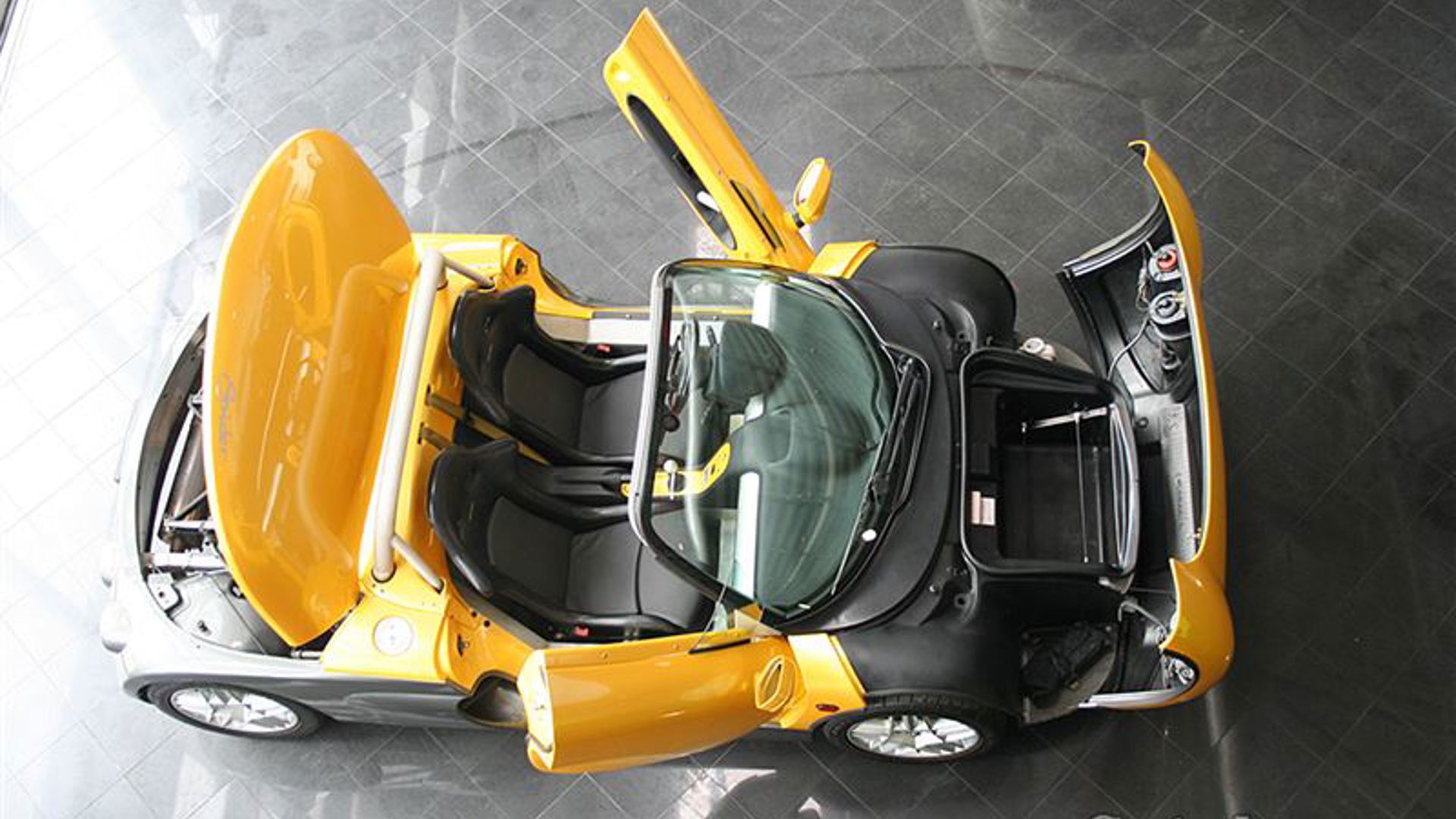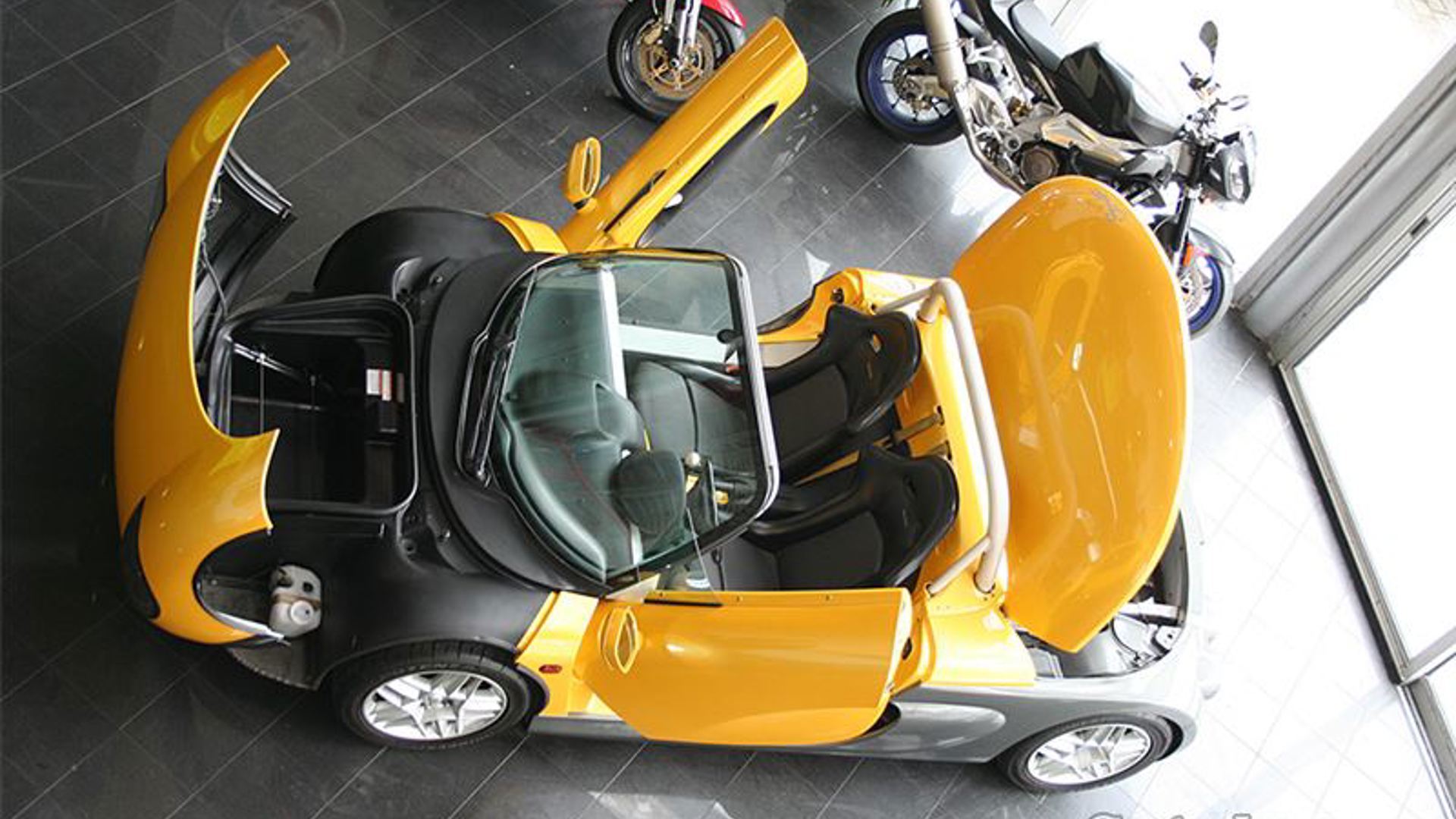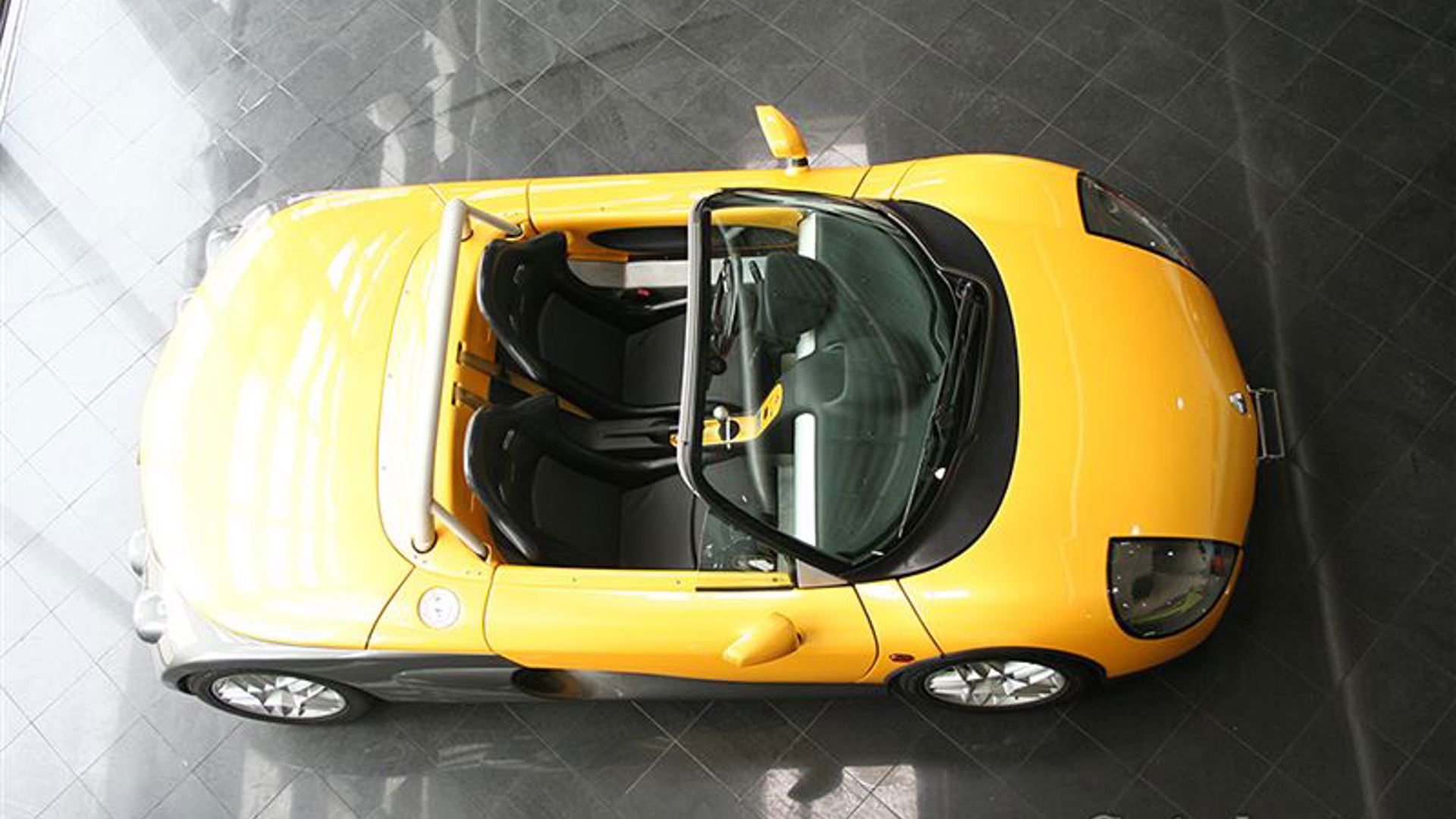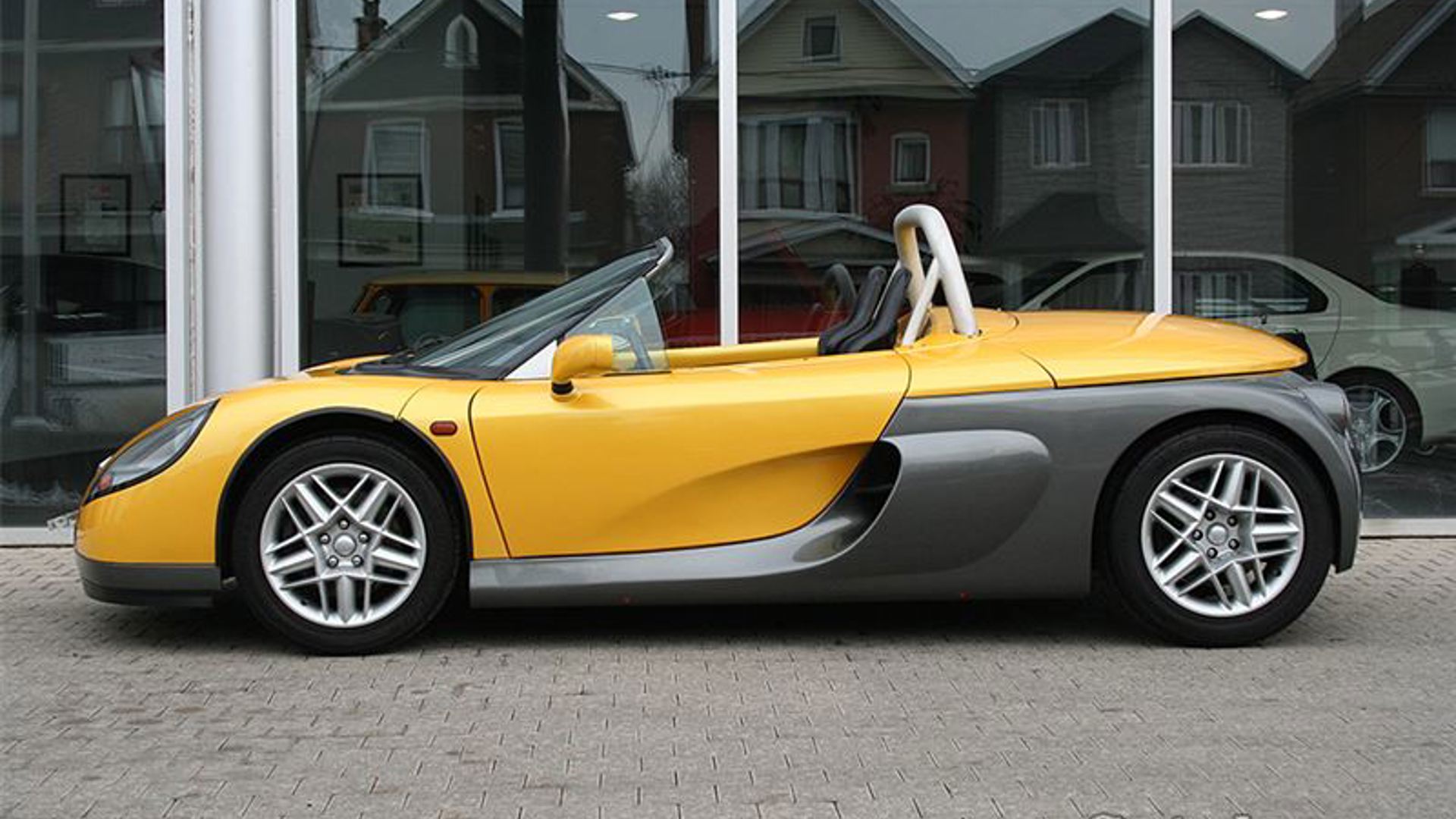In the 1990s, French automaker Renault was high on a run of Formula 1 championships thanks to the Williams team, designer Adrian Newey, and a string of drivers including Nigel Mansell, Alain Prost, Damon Hill, and Canadian Jacques Villeneuve. But despite their success on track, the Renault road cars lacked excitement. Sure there was the Clio Williams, one of the original (and still best) hot hatches, but that was a blip in an otherwise eccentrically styled but otherwise pedestrian lineup.
Renault wanted to capitalize on their F1 success, and show that they could still produce cars that were fun, sporty, and as crazy as the minivan with a V10 engine Espace F1. Renault's sporting division, the creatively named Renault Sport, set to work on a lightweight driver's car that would also become the basis for an all-new one-car racing series. Renault had been running this type of series for years, using the 5 Turbo, 21 Turbo, and various Clios. This new version of the series would be different.
The all-new car would be designed with an all-aluminium chassis. It would be light, it would have the wheels at the corners, the body would be composite, and there would be a mid-mounted four-cylinder screaming behind the driver's ear. The Renault Sport Spider was so stripped down that for the first year of production, a windshield wasn't even available as an option. Instead, the driver was expected to wear a helmet.
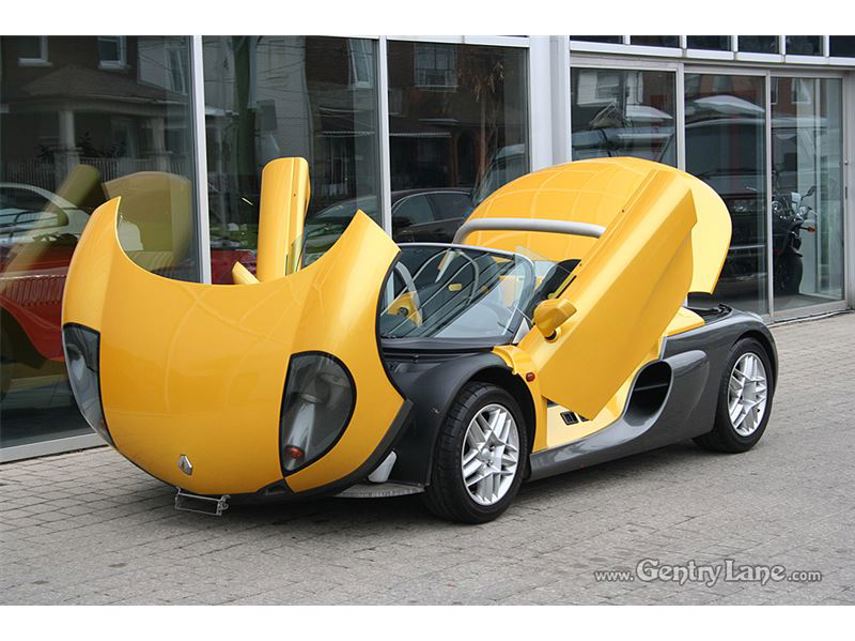
But in a car that was intended to be a driver's car first and foremost, that seemed a reasonable request. After all, there was no power steering, no anti-lock braking, not even power assist for the brakes. It was just you and your wits keeping you on the road and shiny side up. This was a car developed at the same time as the Lotus Elise (in fact, the chassis were built by the same supplier in Norway), and the Spider is no less focused than that original Elise. Even if it is a bit heavier due to welded instead of glued chassis construction.
For 1997, an optional windshield was added, as an attempt to civilize the car somewhat. There are still no side screens, no heat, no carpet and the fabric top can't be used at highway speed. The suspension has metal on metal Heim joints, which allow huge amounts of adjustability and feel, but do nothing at all to dampen vibration like the rubber bushings on normal cars.
All of this paring down means a curb weight of just 965 kg. That light weight means that the 2.0L twin cam four cylinder's 150 hp has very little to move around. 0-100 km/h takes just under 7.0-seconds. The gearbox is a quick shifting five-speed manual. The uncomprimising nature of this car means that not many were built. Only about 1,900 over four years.
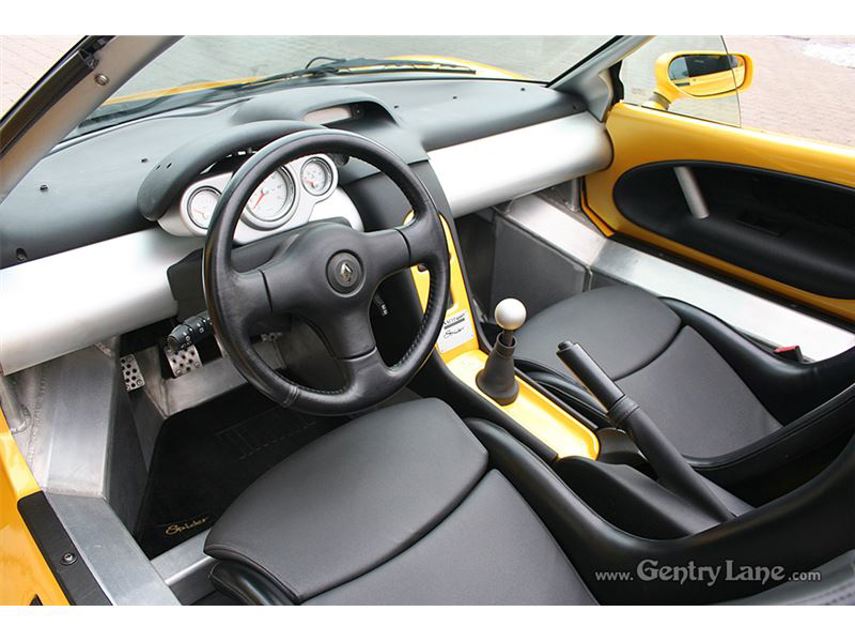
Our autoTRADER.ca Find of the Week is this beautiful 1999 Renault Sport Spider, in yellow over gray paint. With just 48,000 km on the odometer, the deeply bolstered Recaro seats look brand new. So does the rest of the interior, but since it's almost all bare aluminium, even a scratch or two is easily polished. It's low on creature comfort, but high on involvement and performance. There isn't much luggage space, but the front trunk looks to have enough room for a helmet and a small bag, and that's really all it needs.
This is a car that is designed for the track or for the twistiest back road you can find. It doesn't hurt that it looks like an exotic for less than a BMW M240i. If you want to have what might be the only example of this car in the country, and you want to feel every last spec of asphalt on the road, take a look at this Renault Sport Spider.
